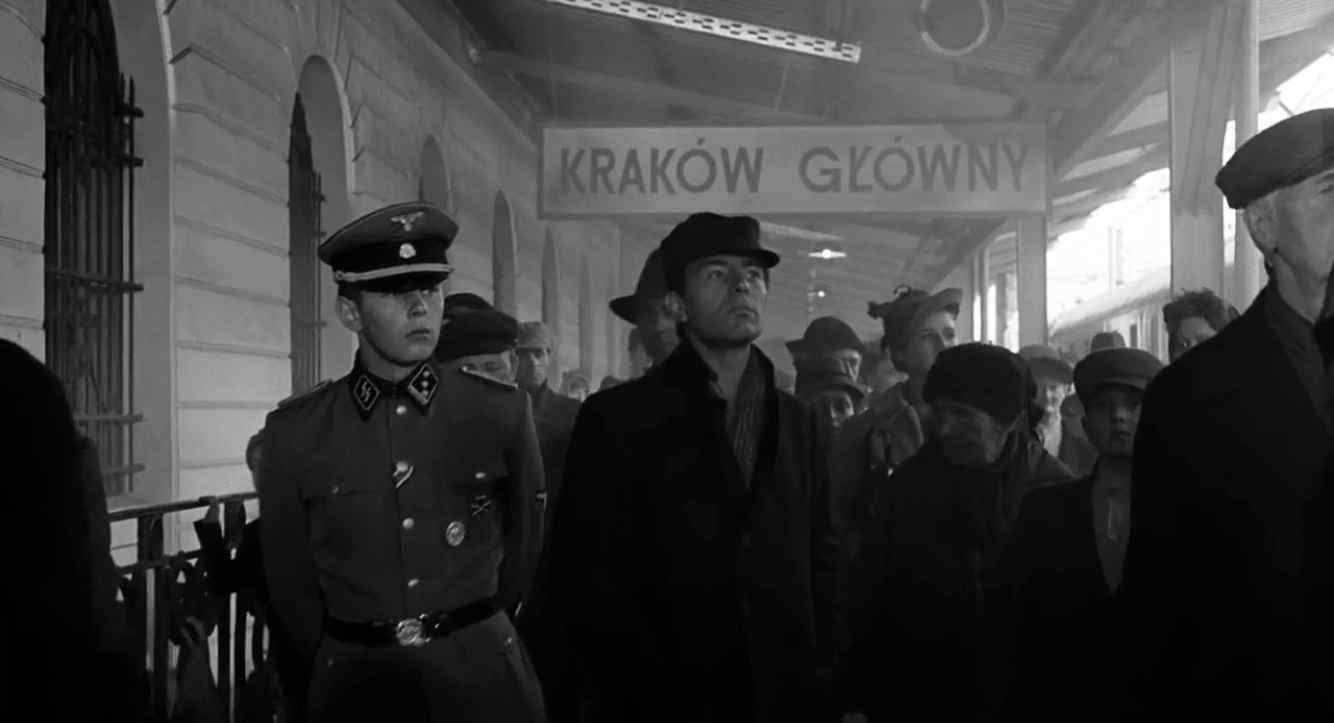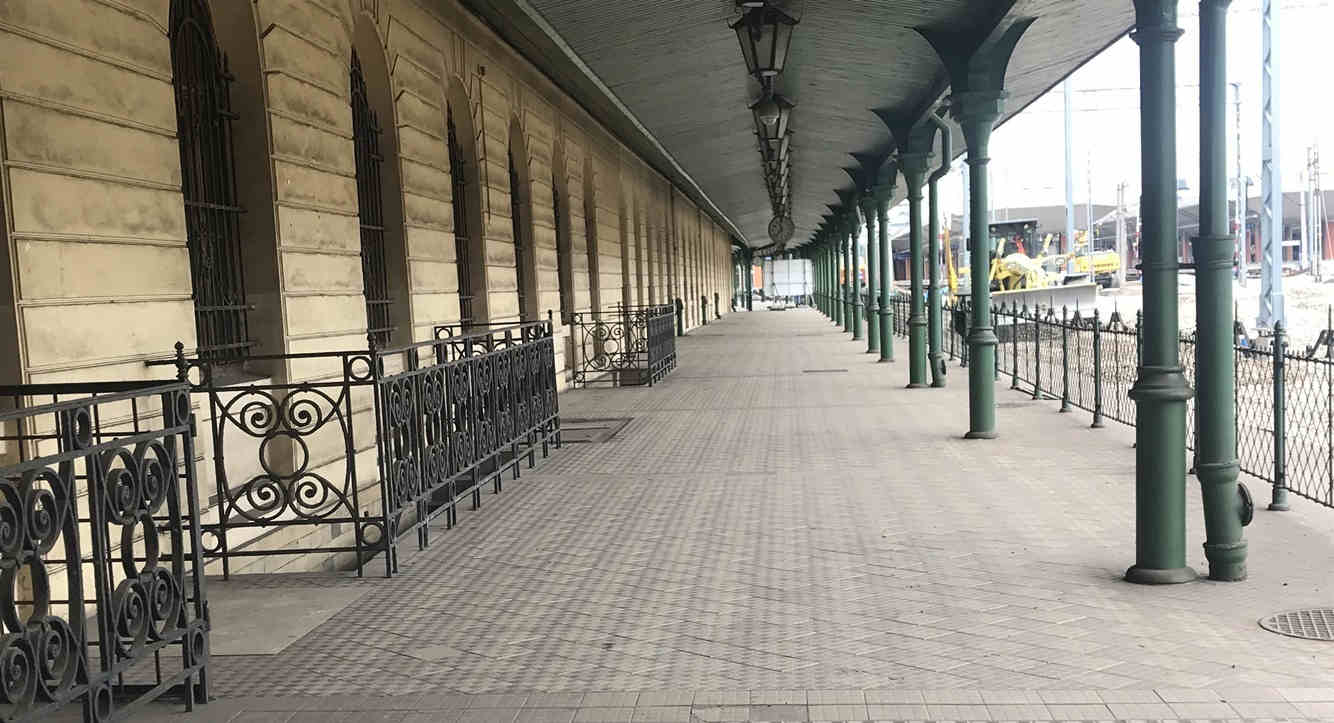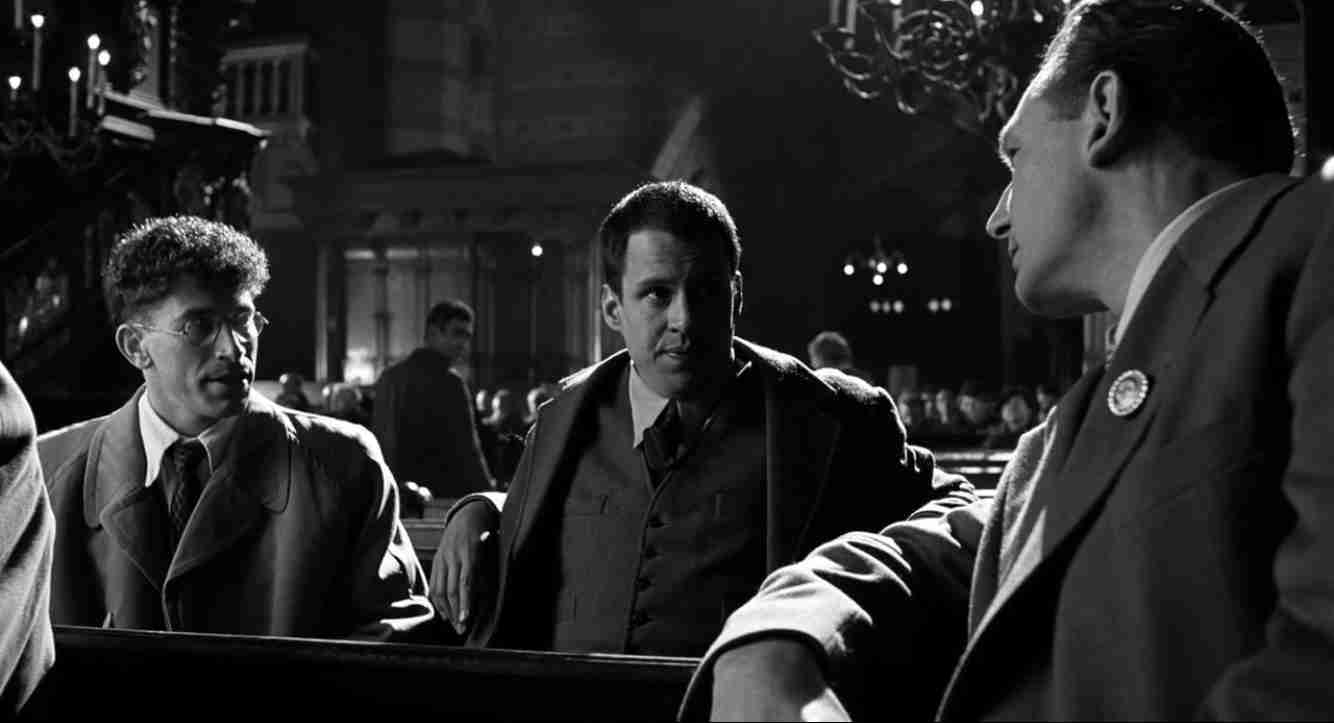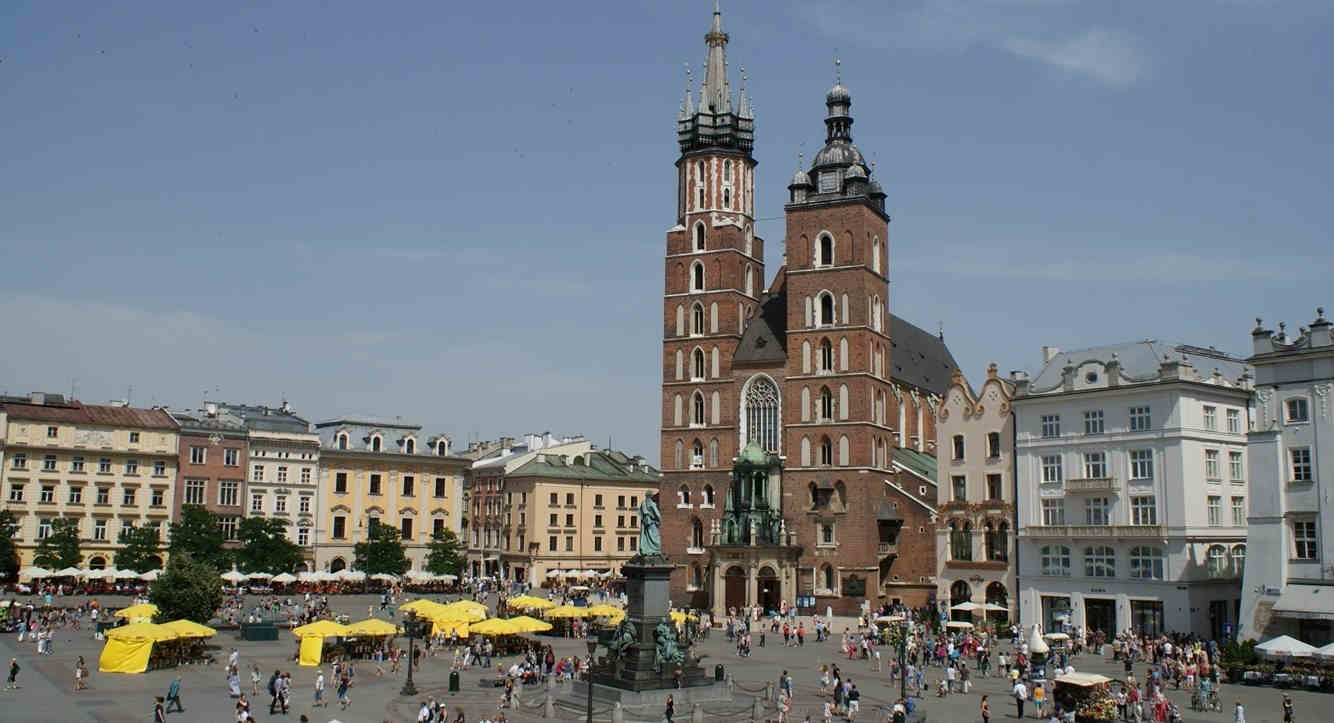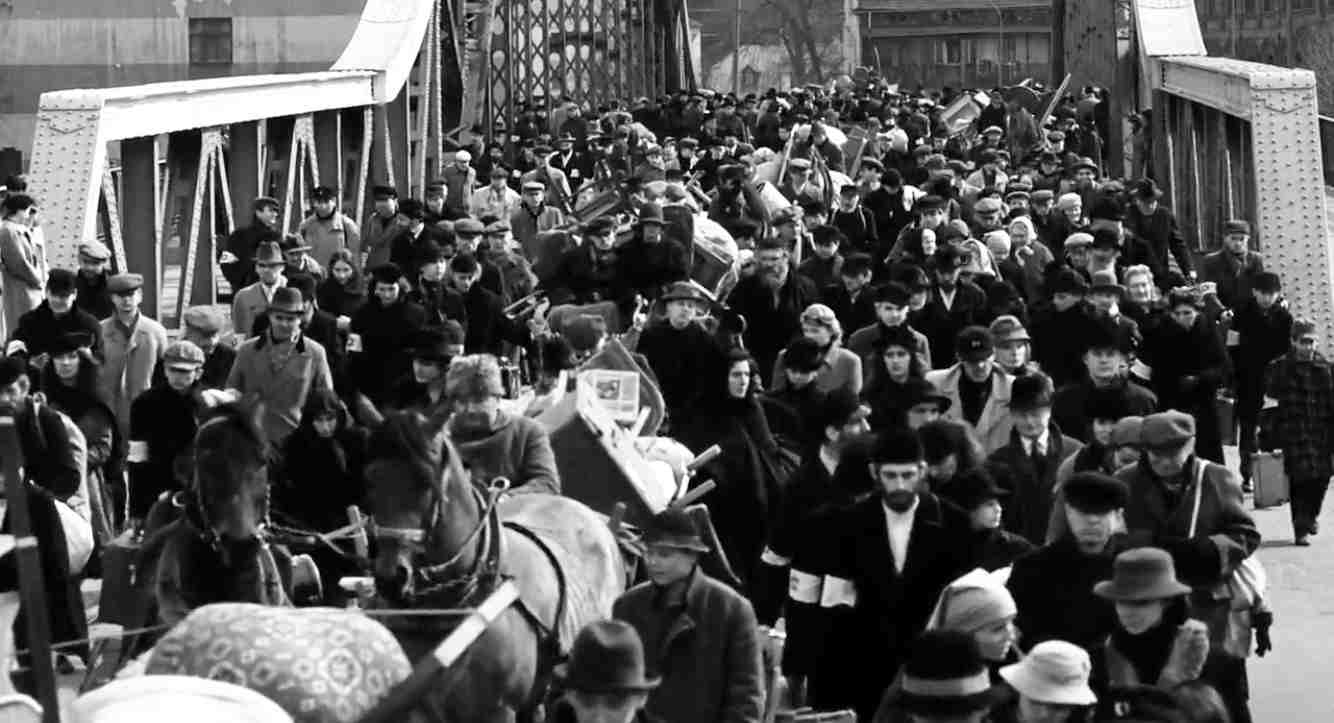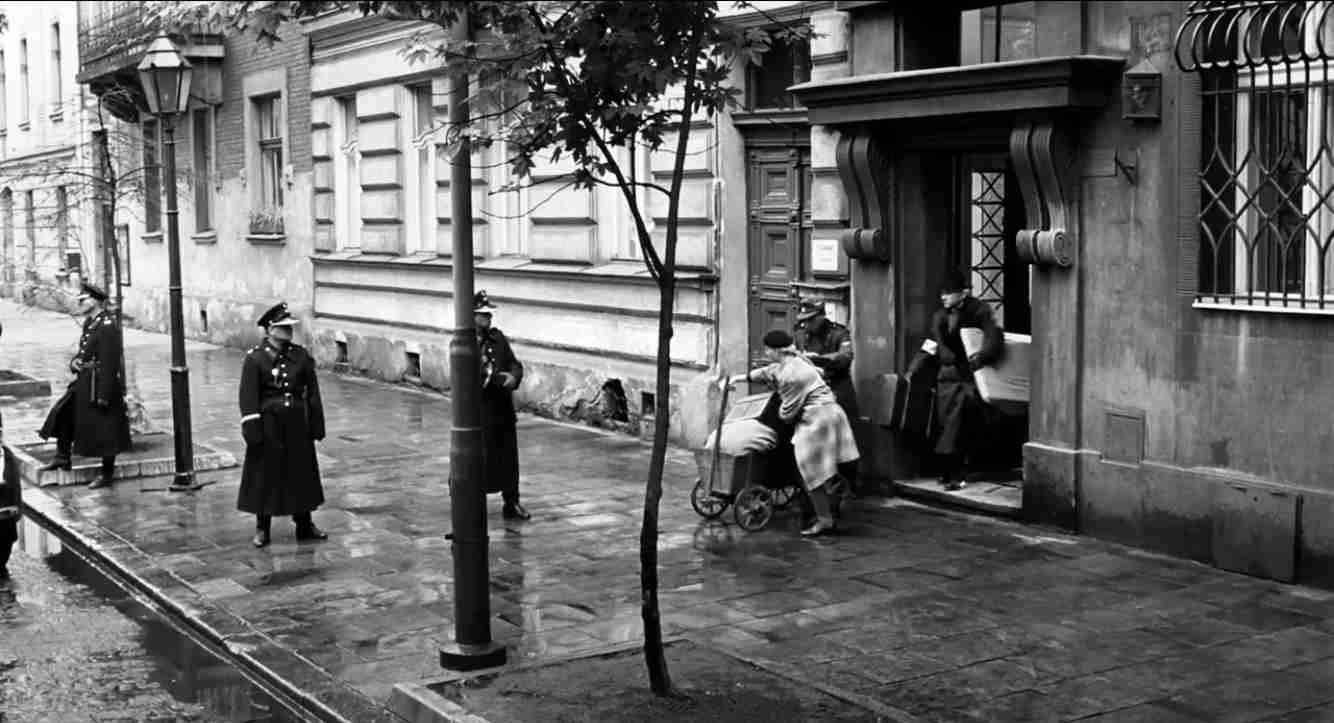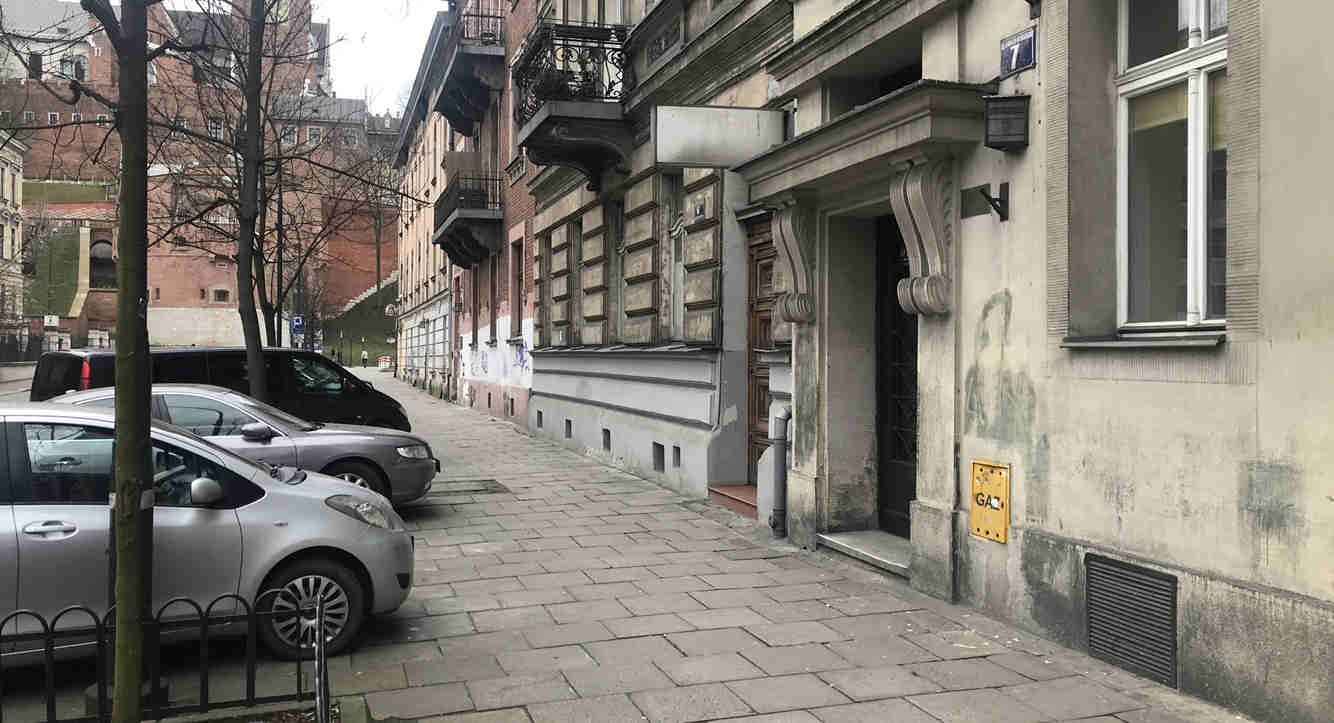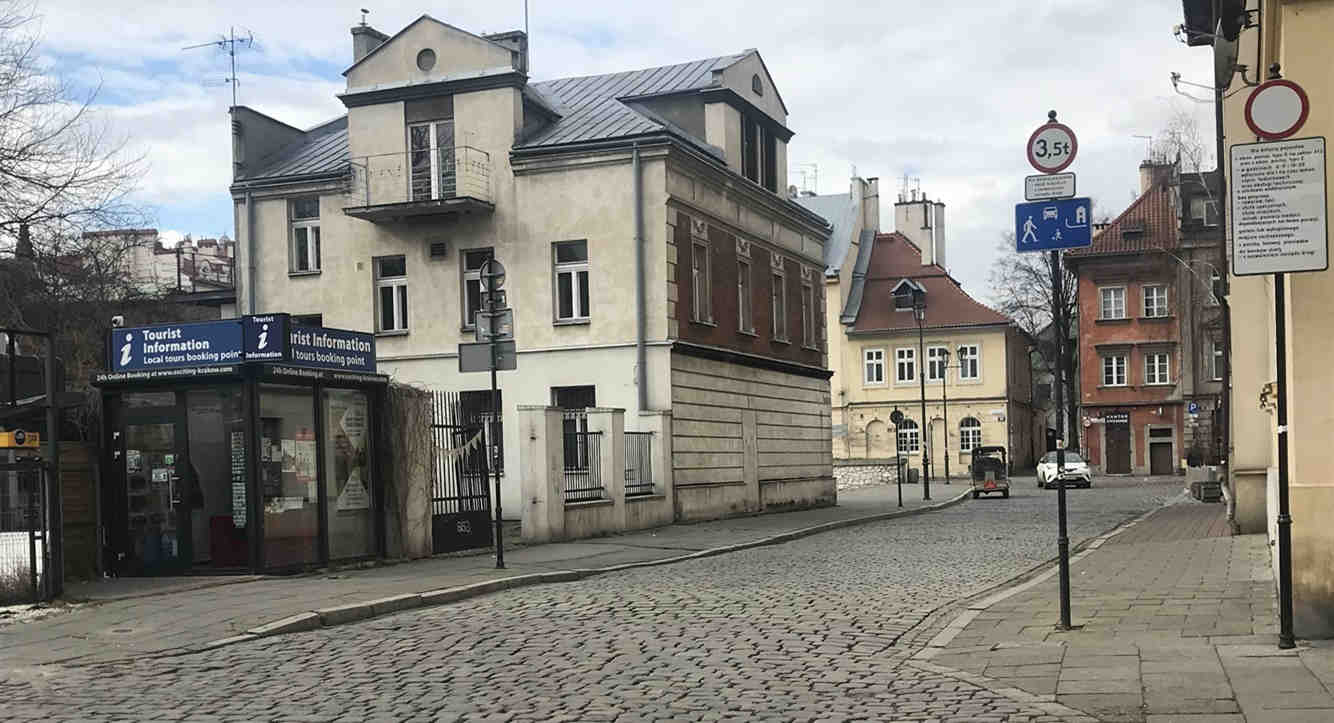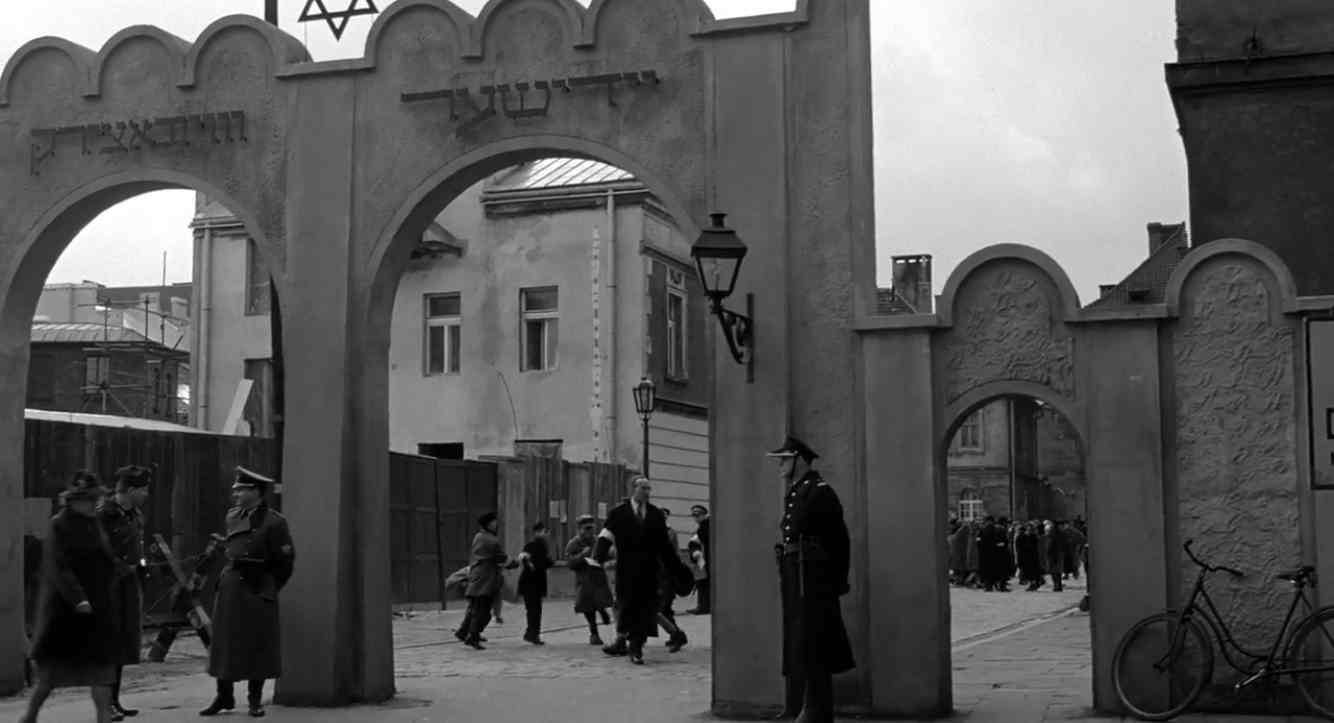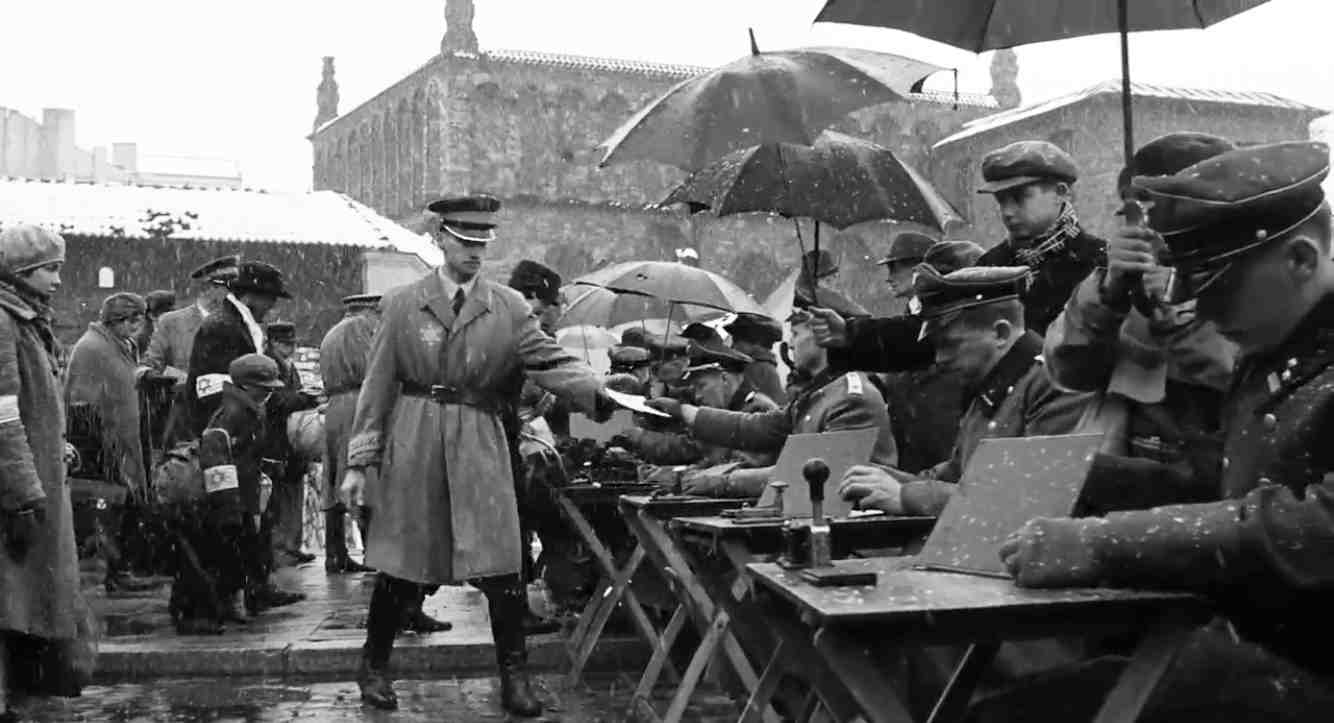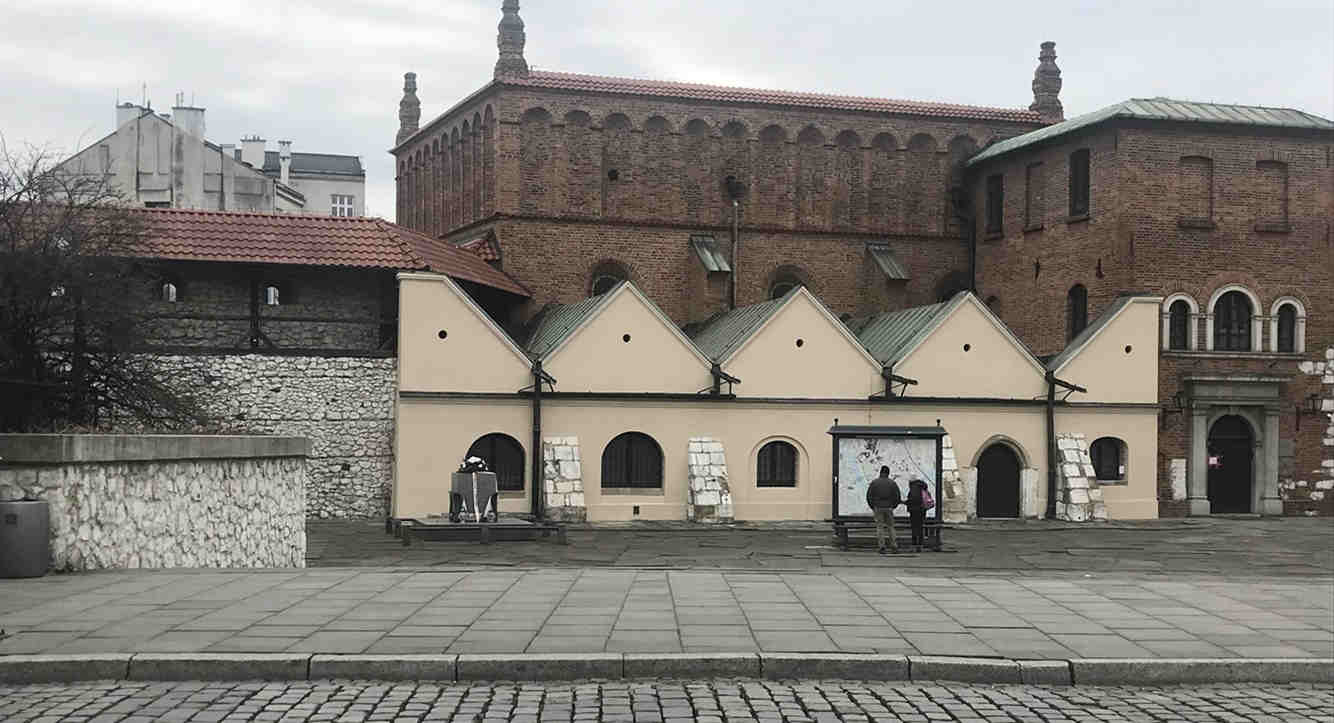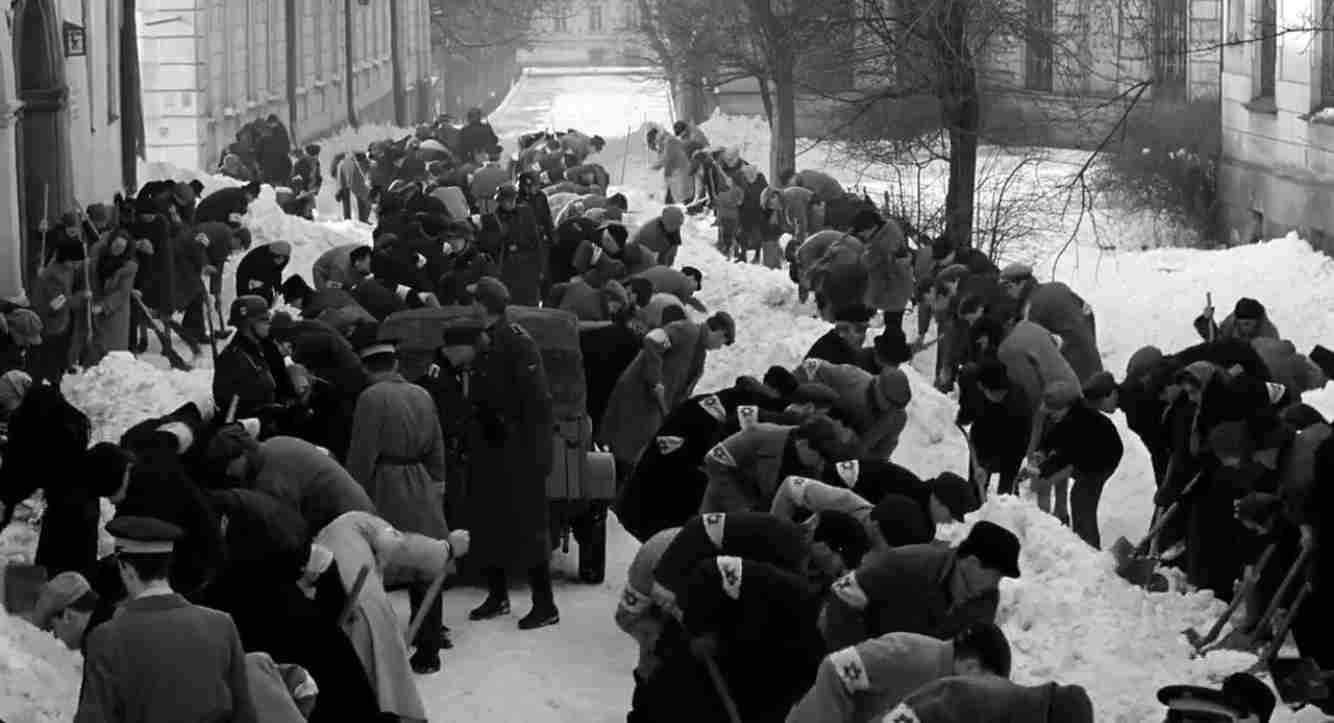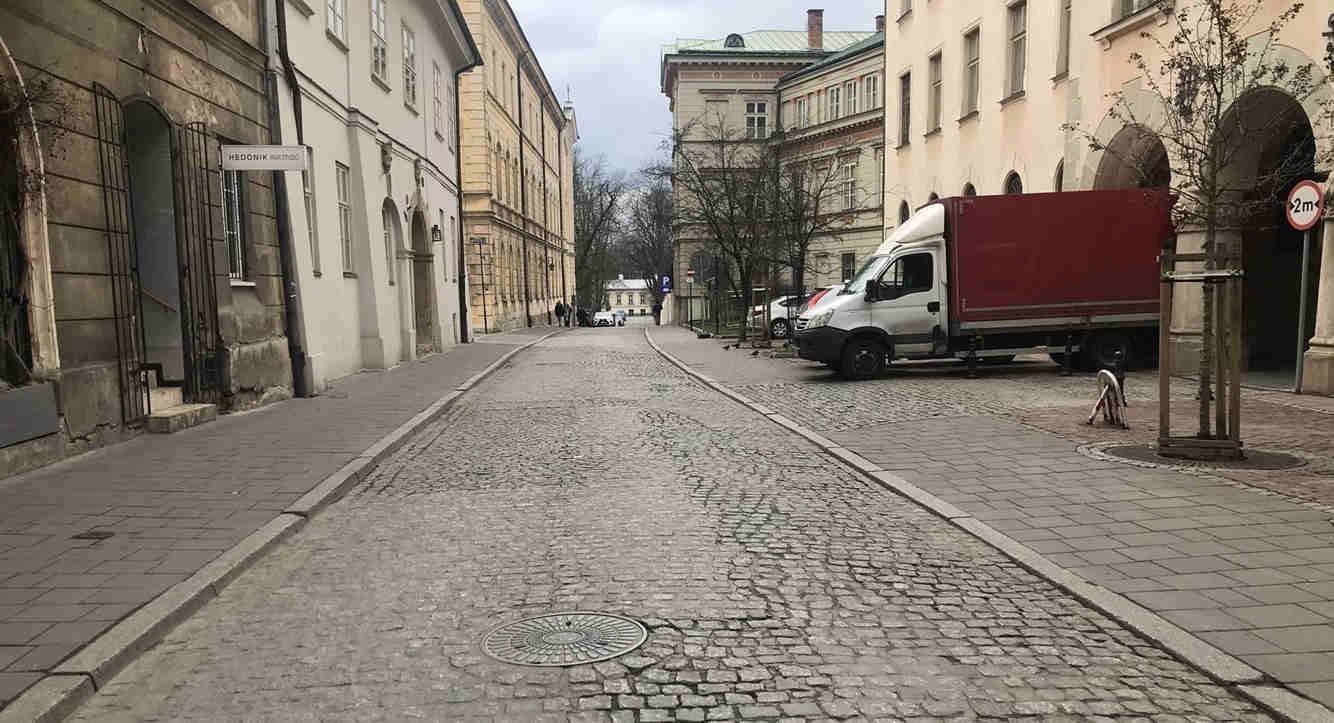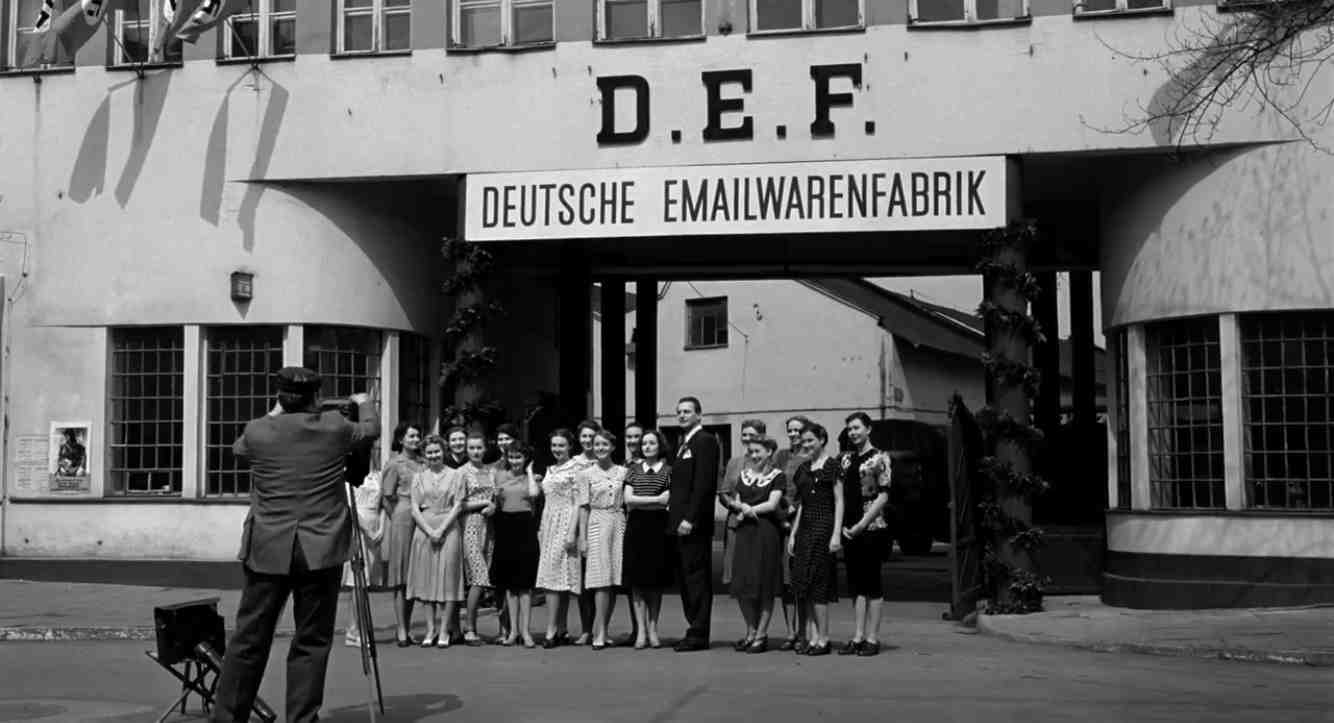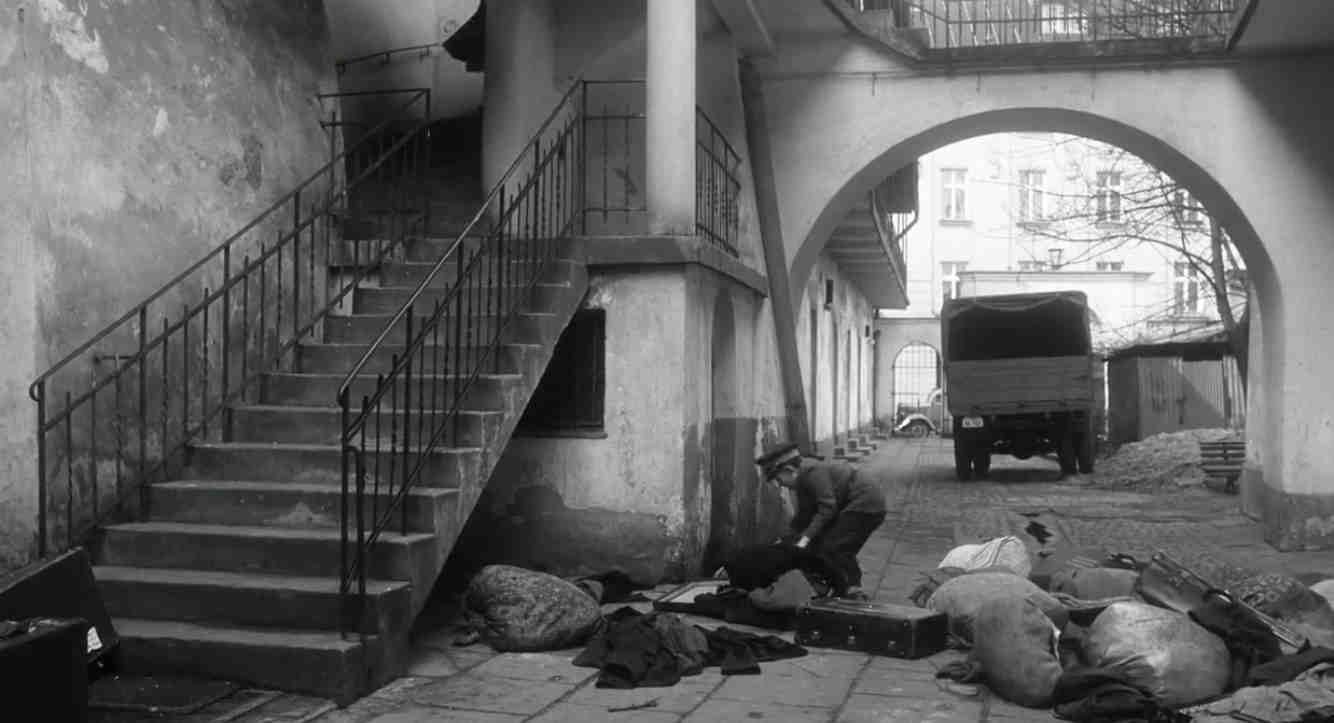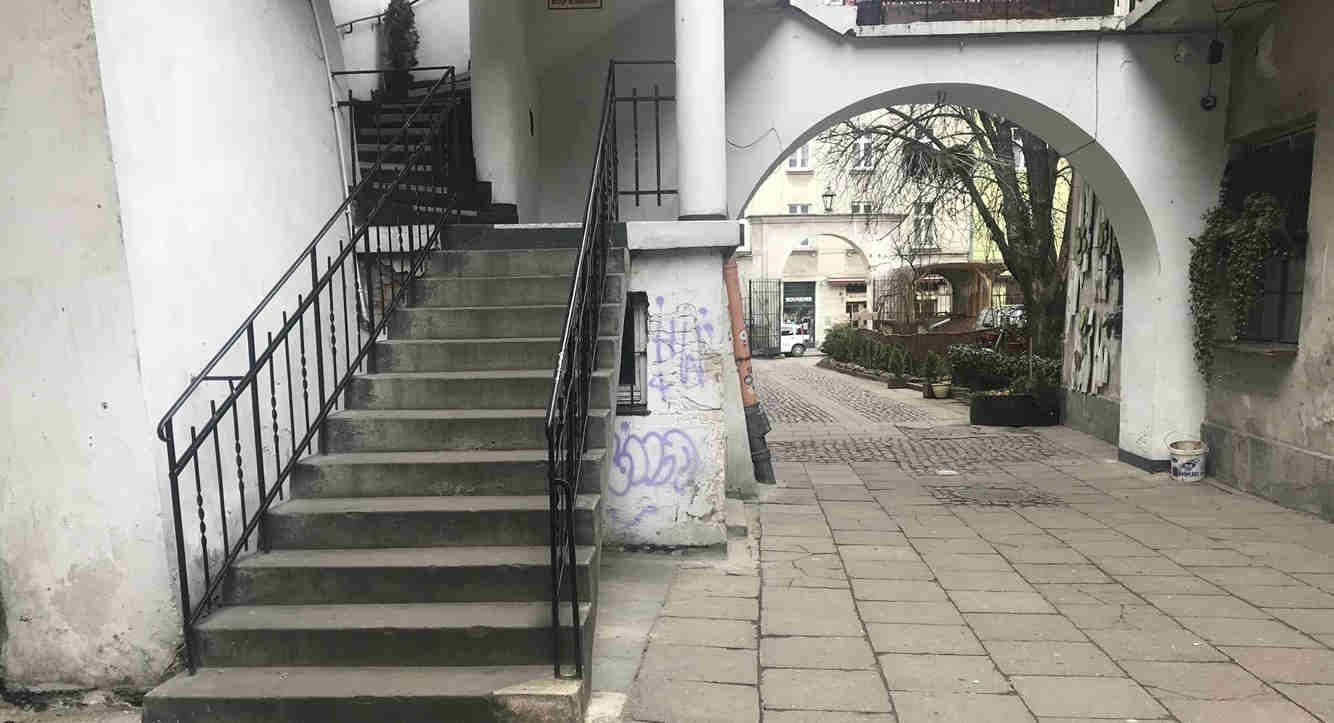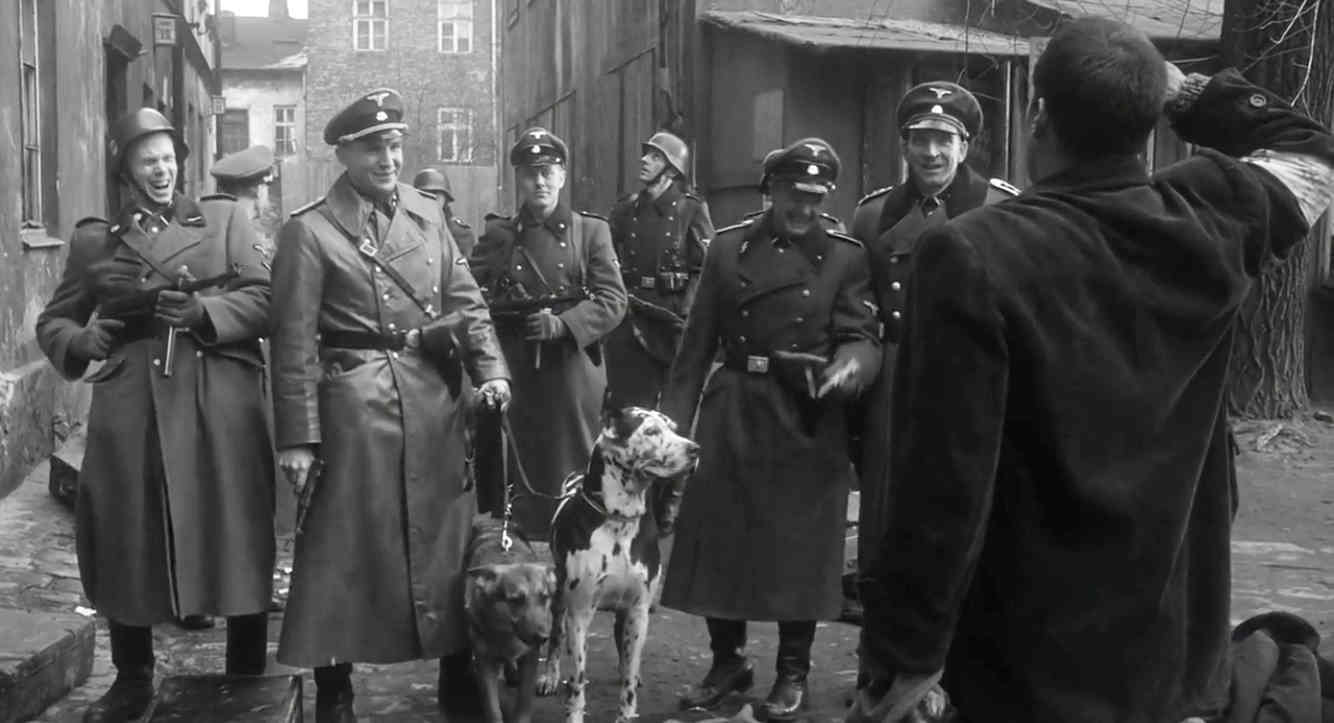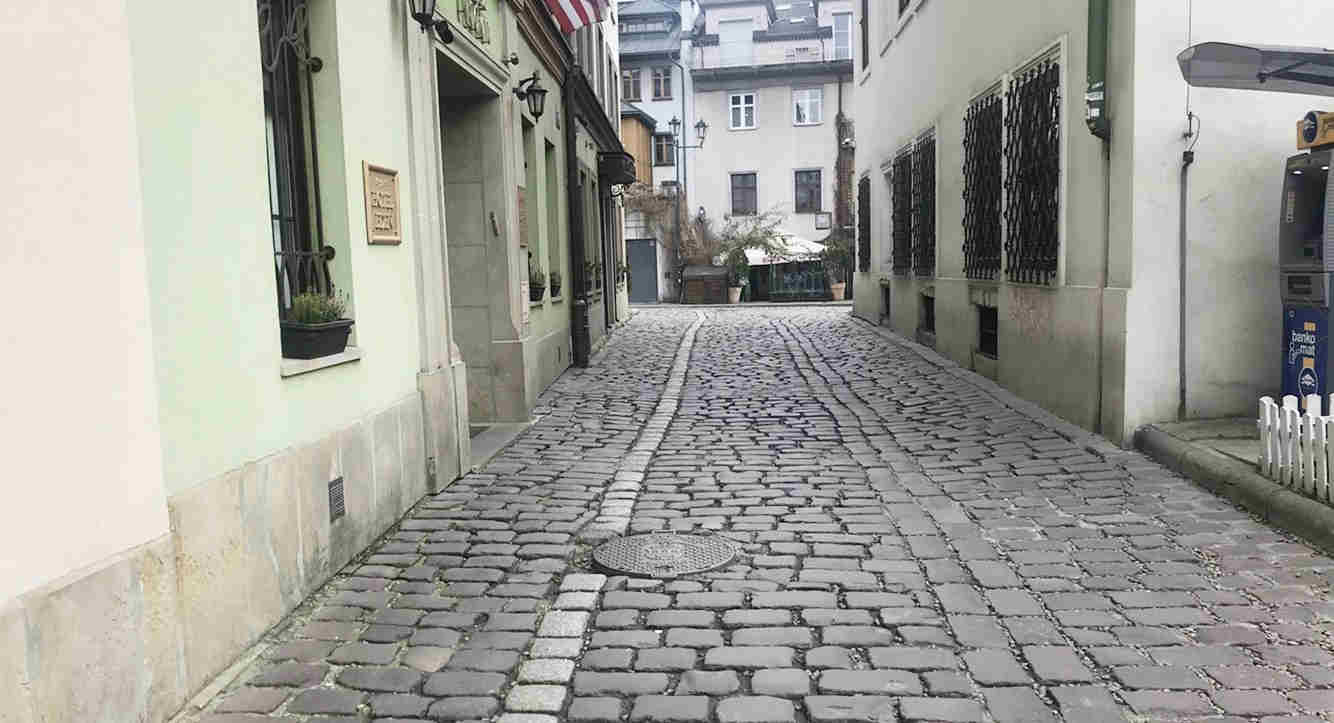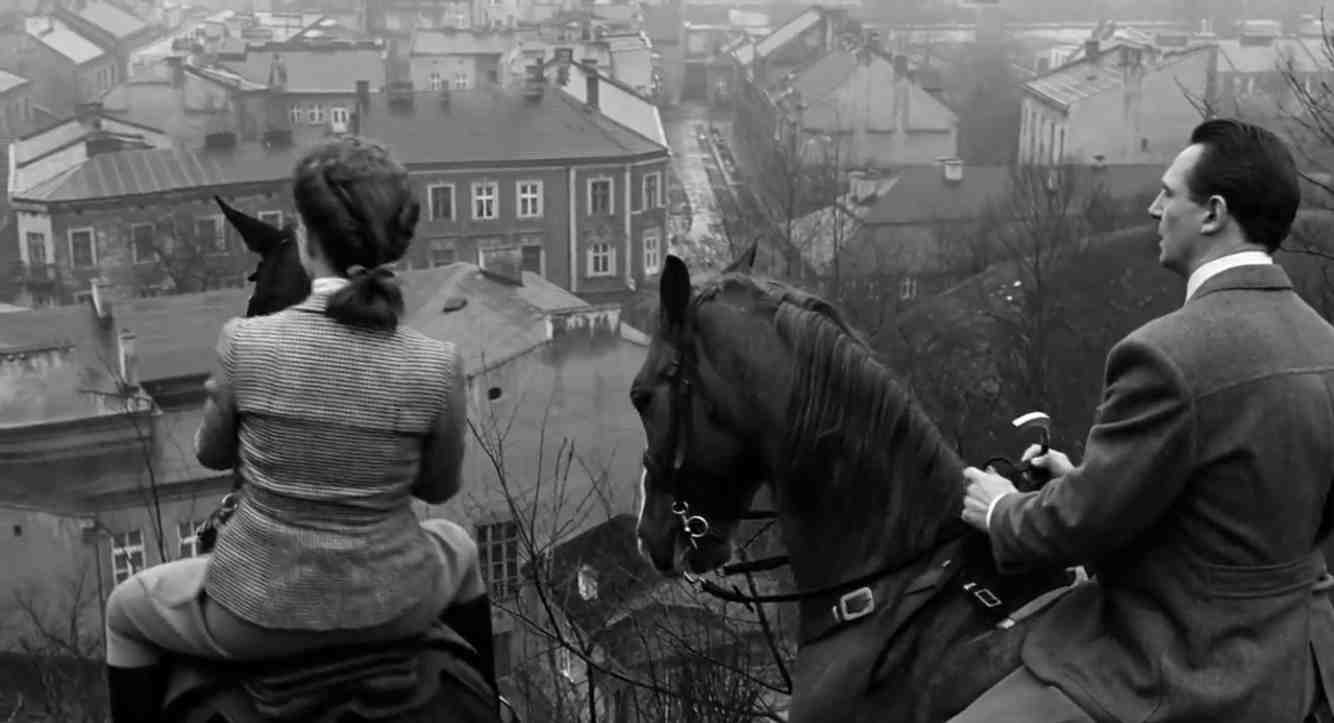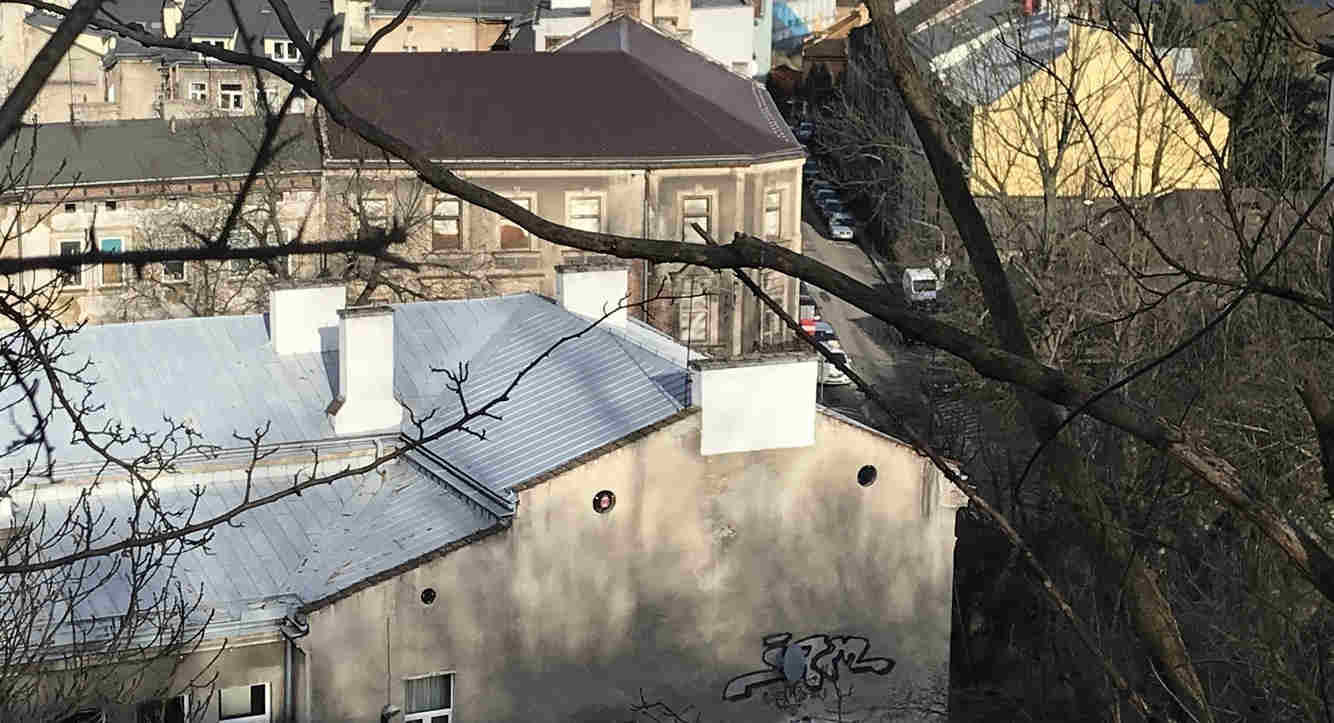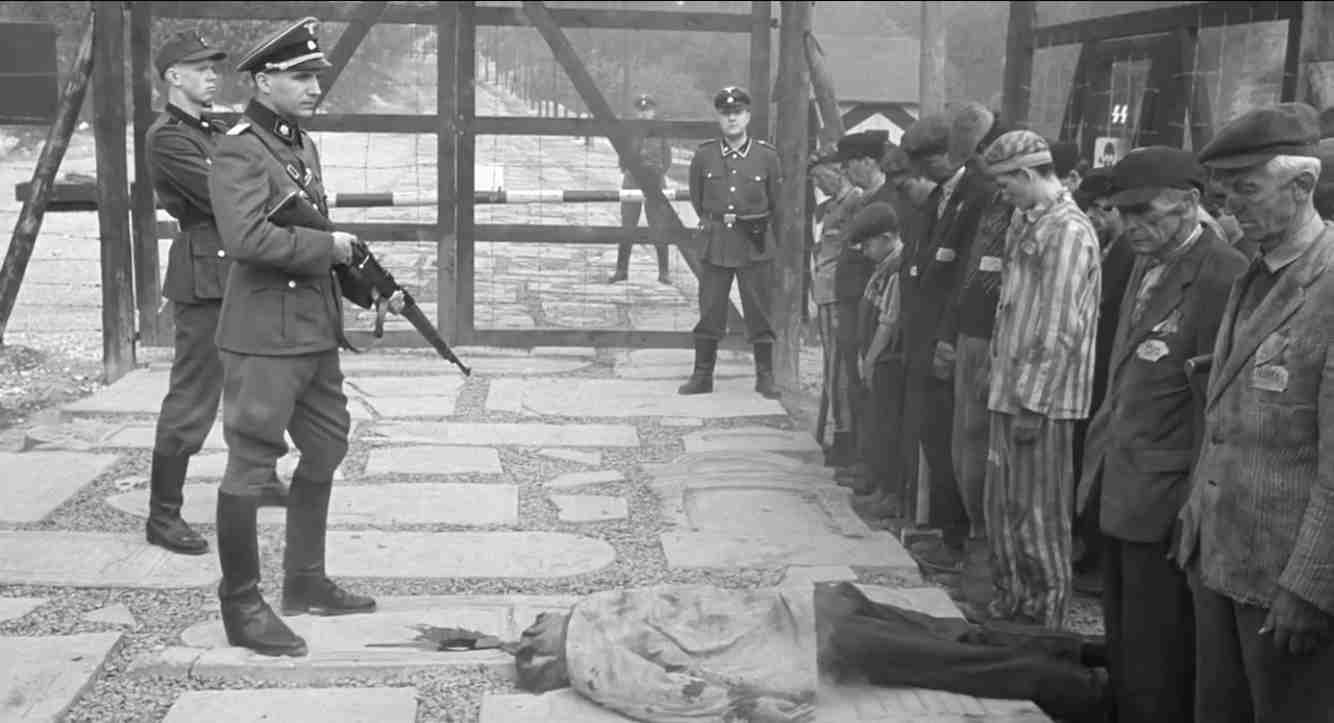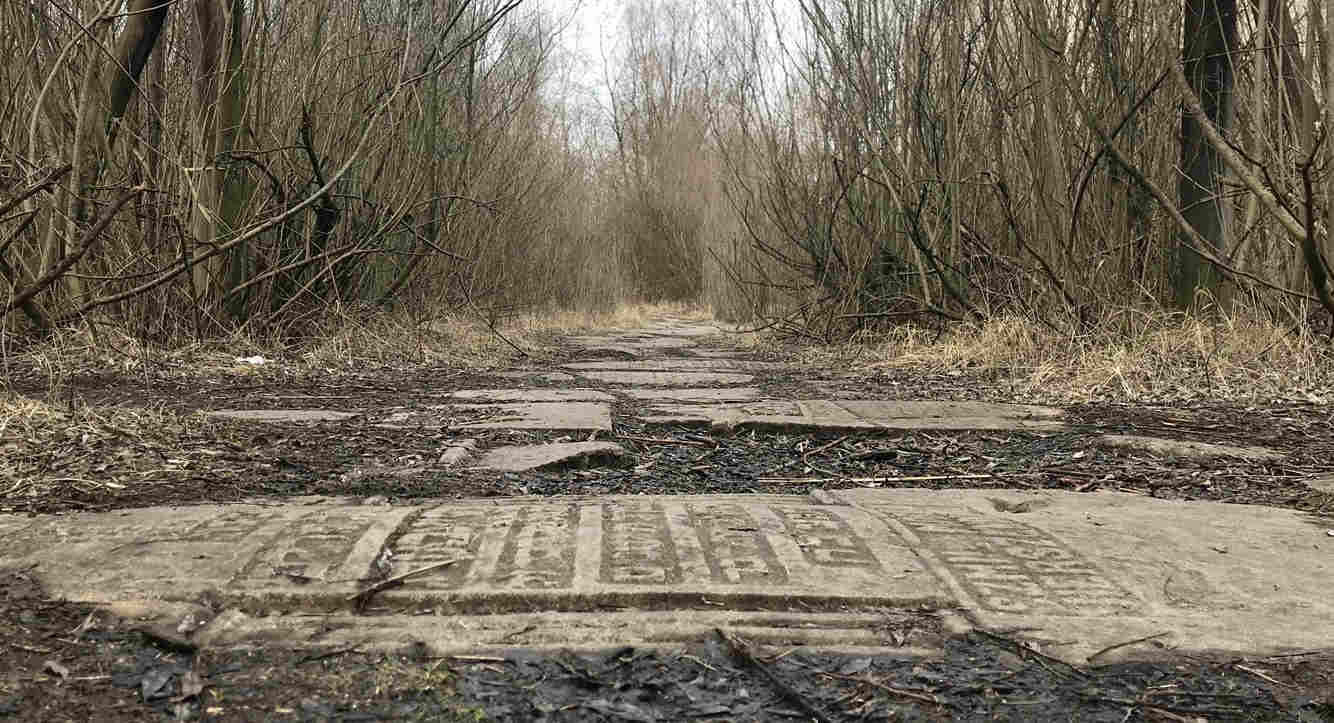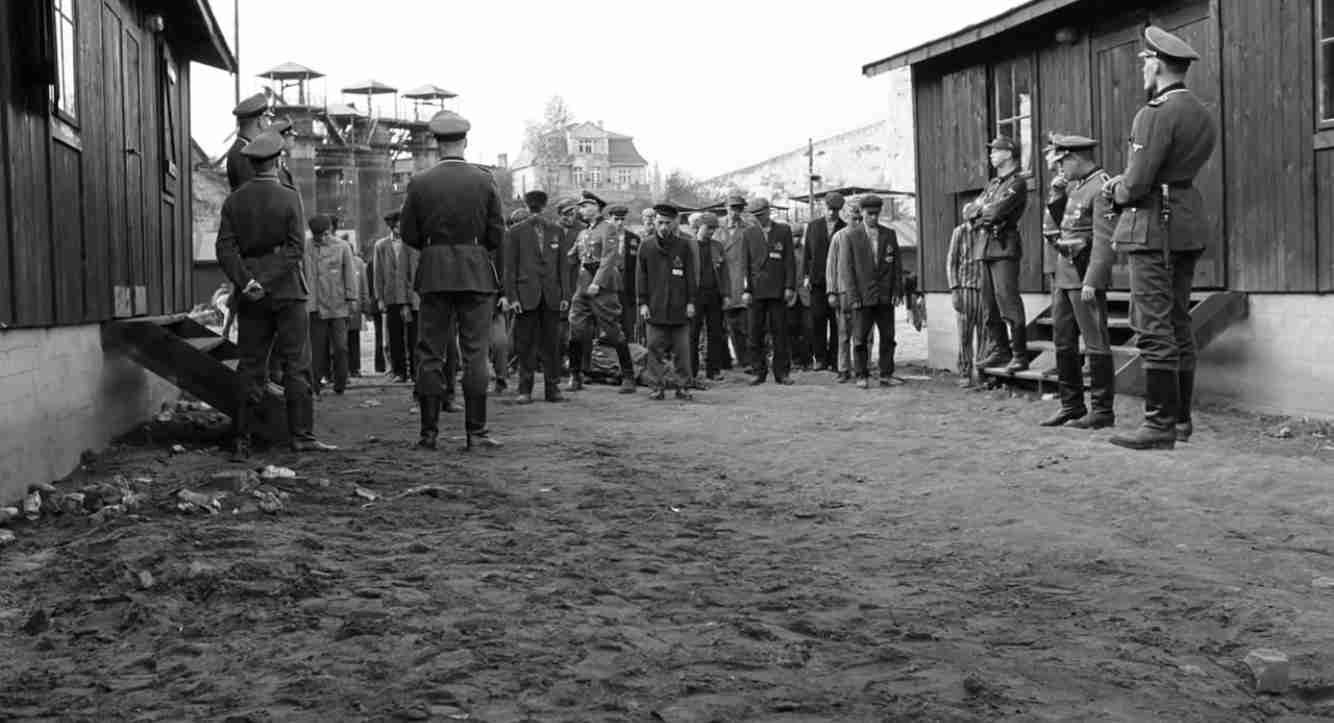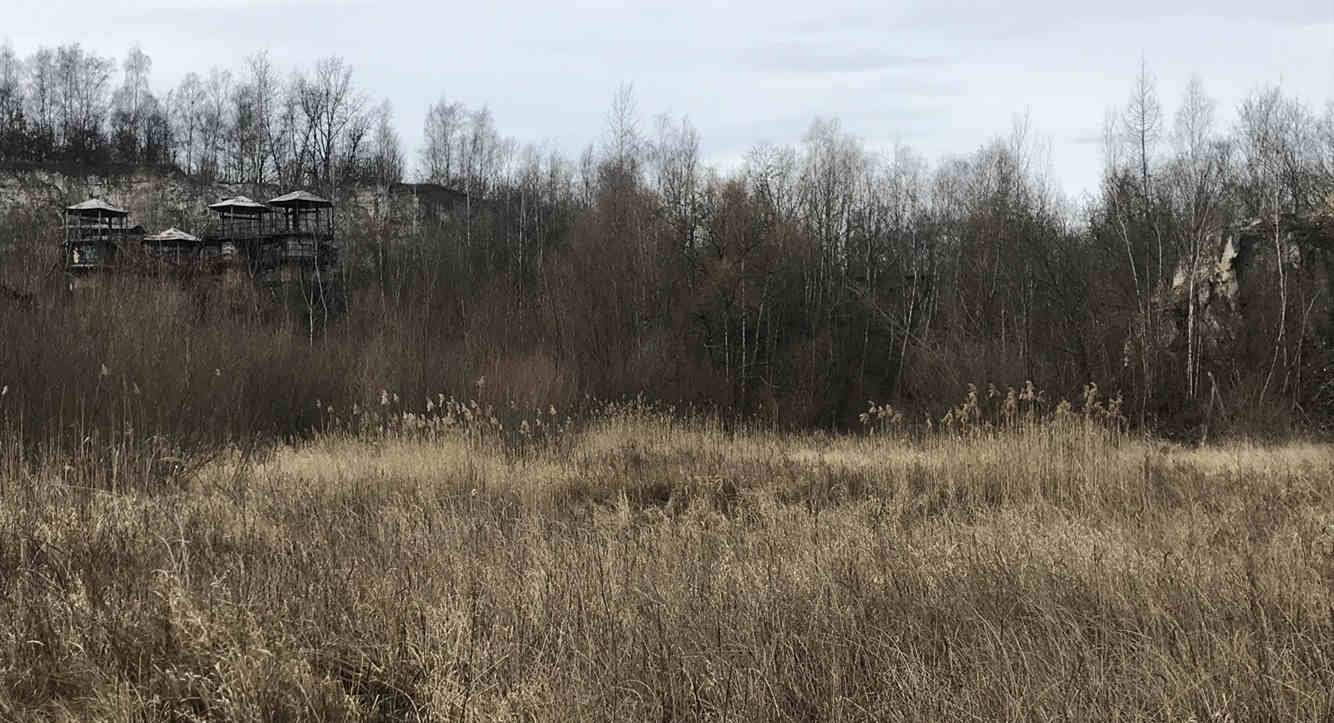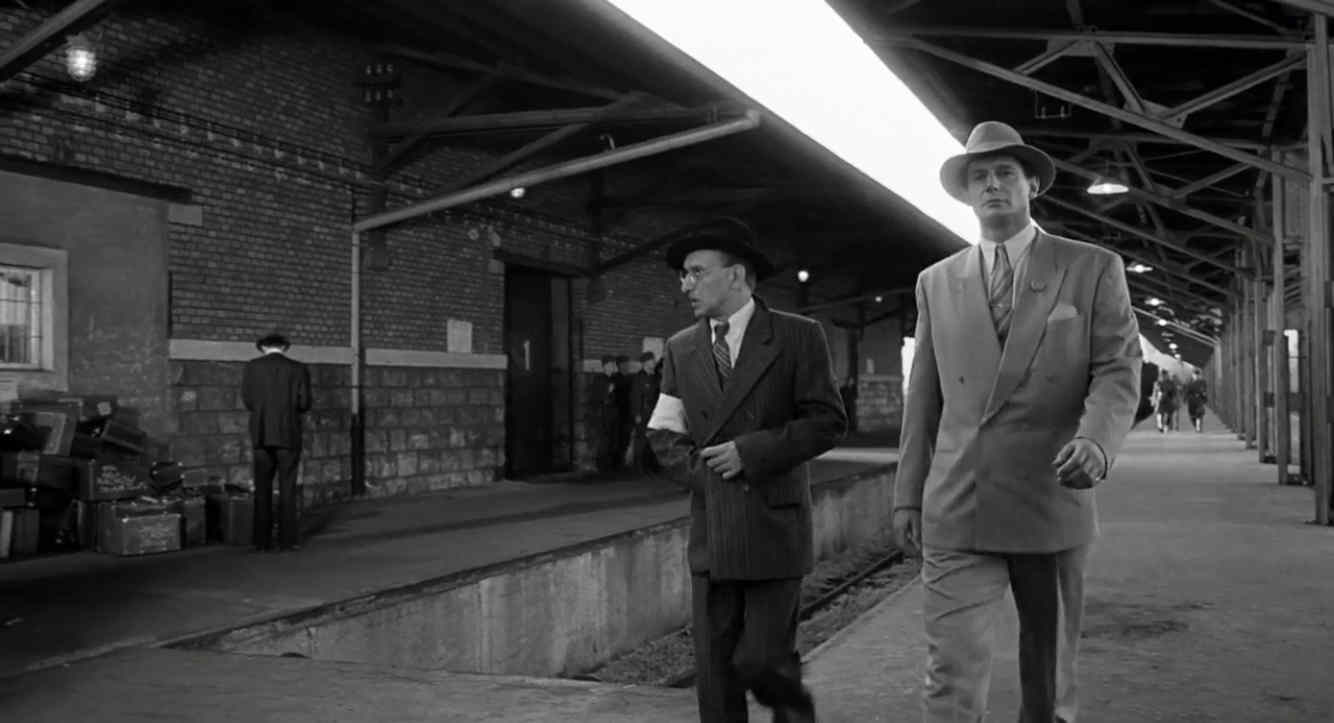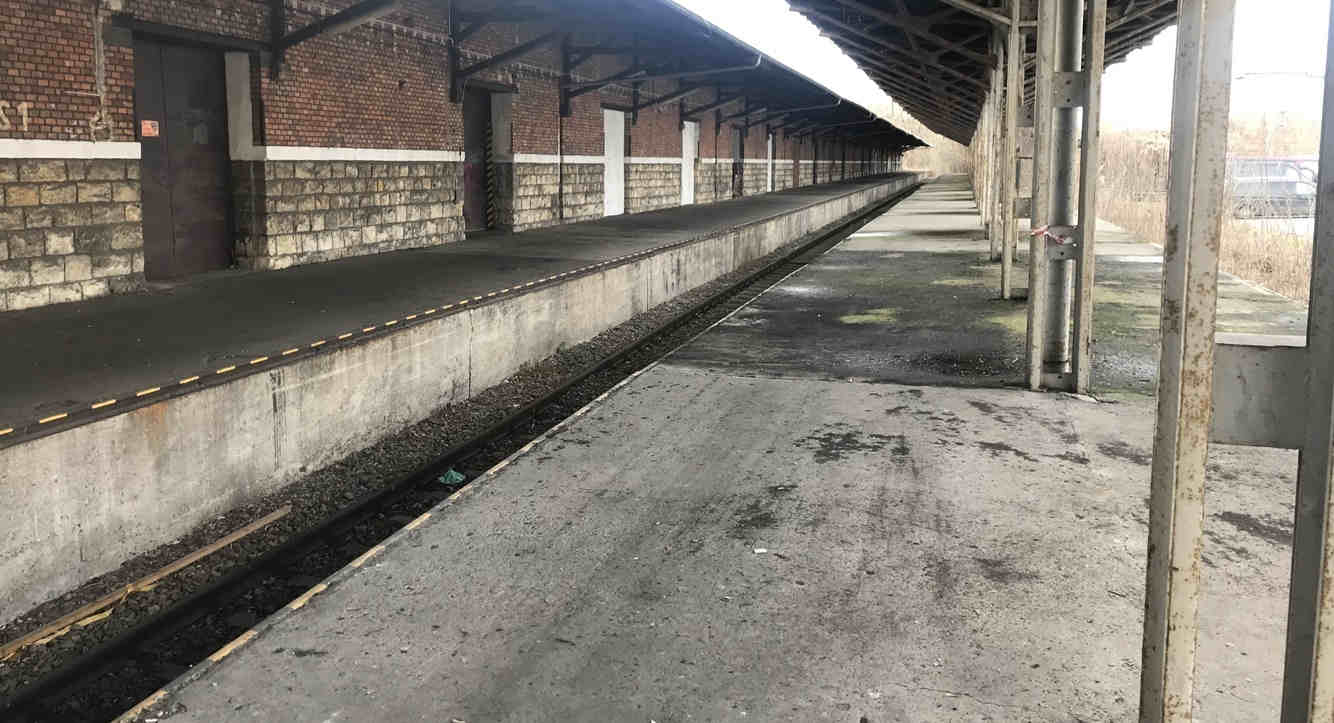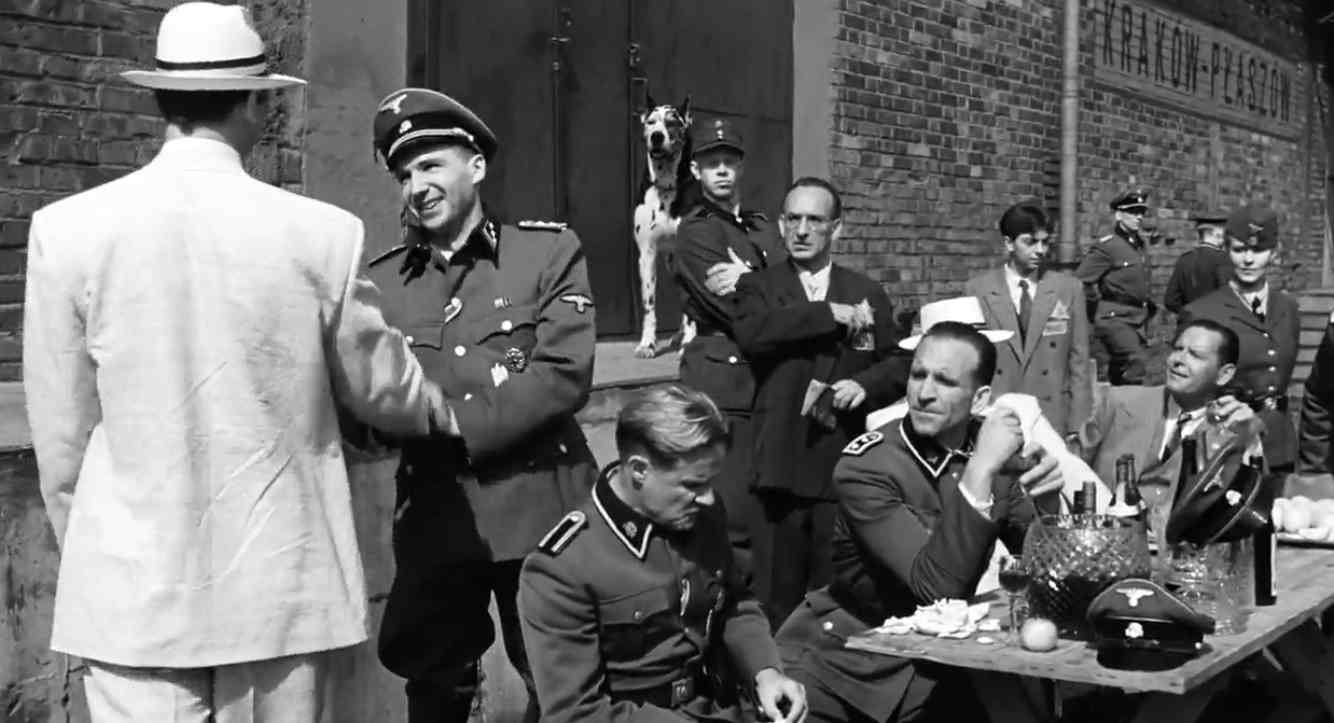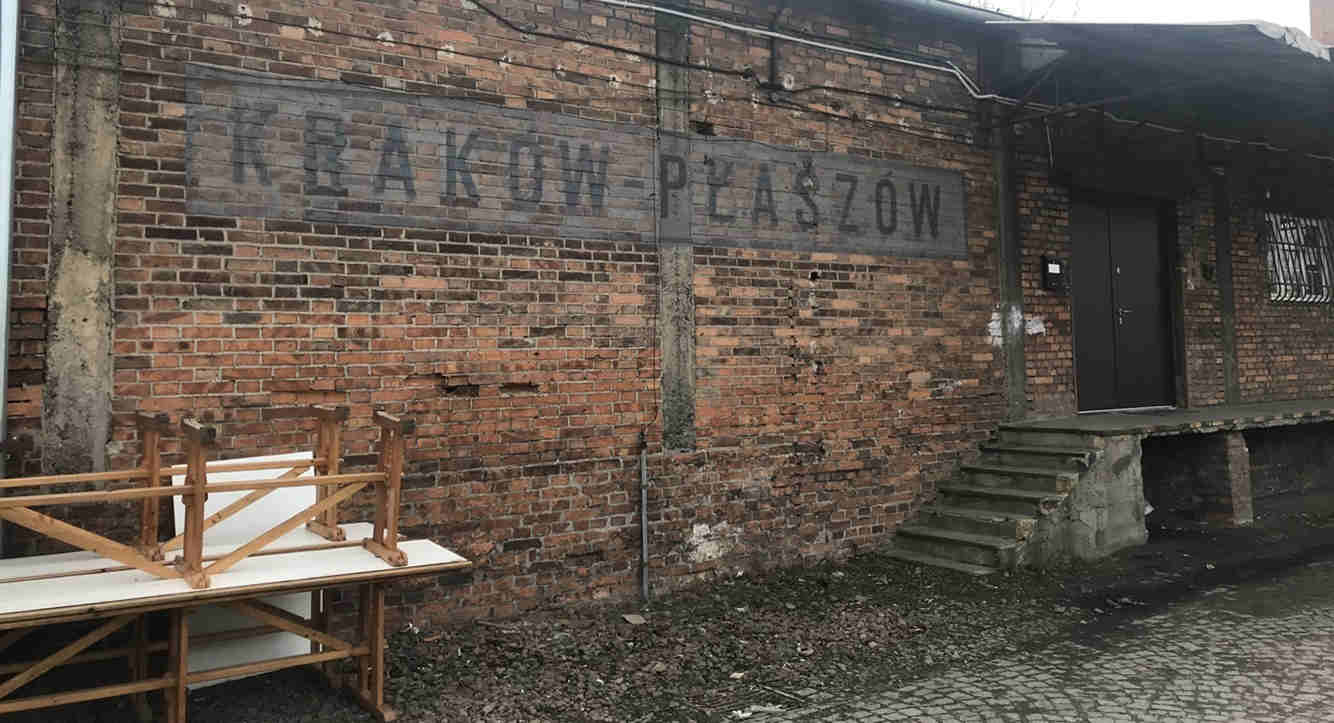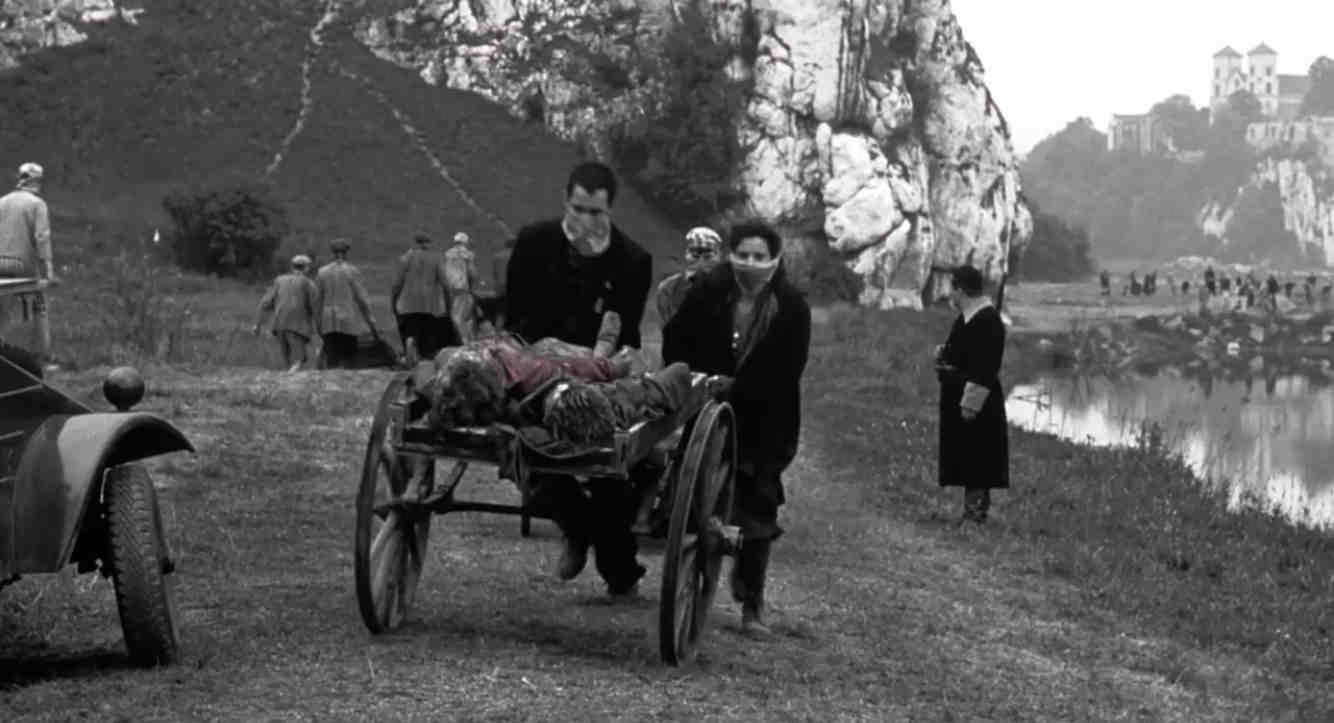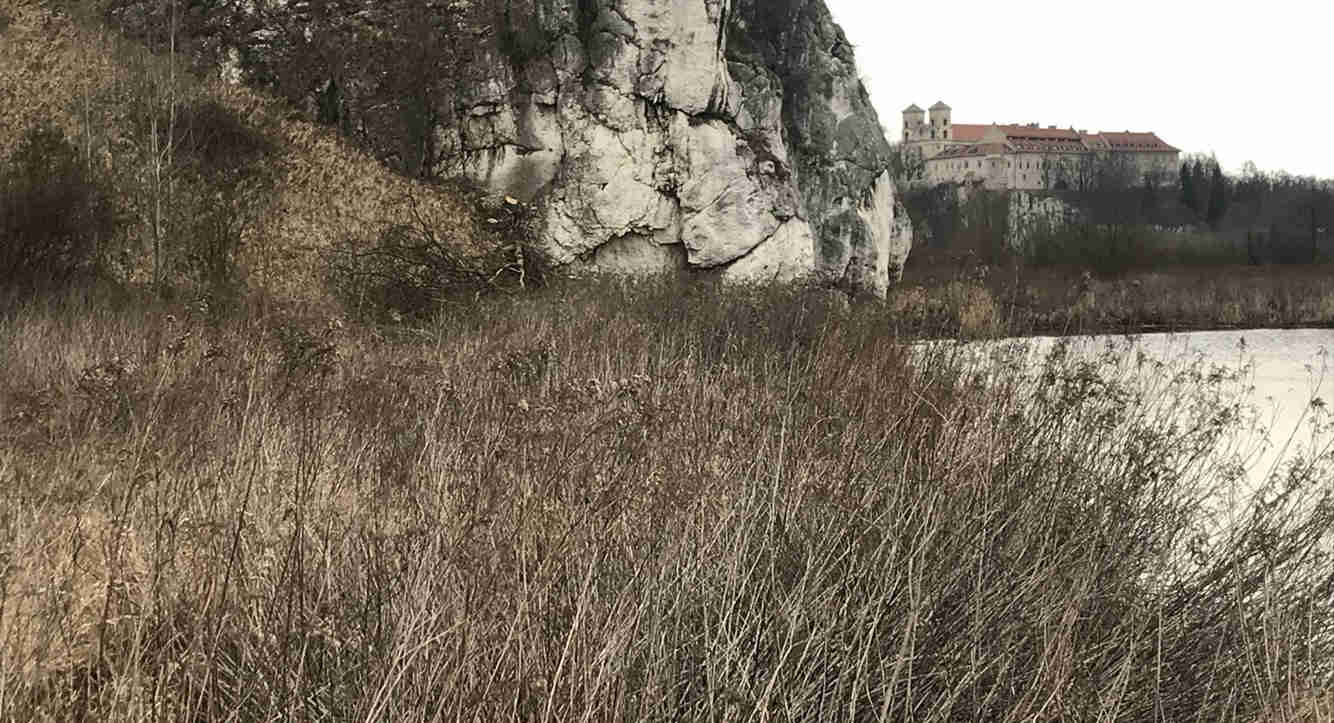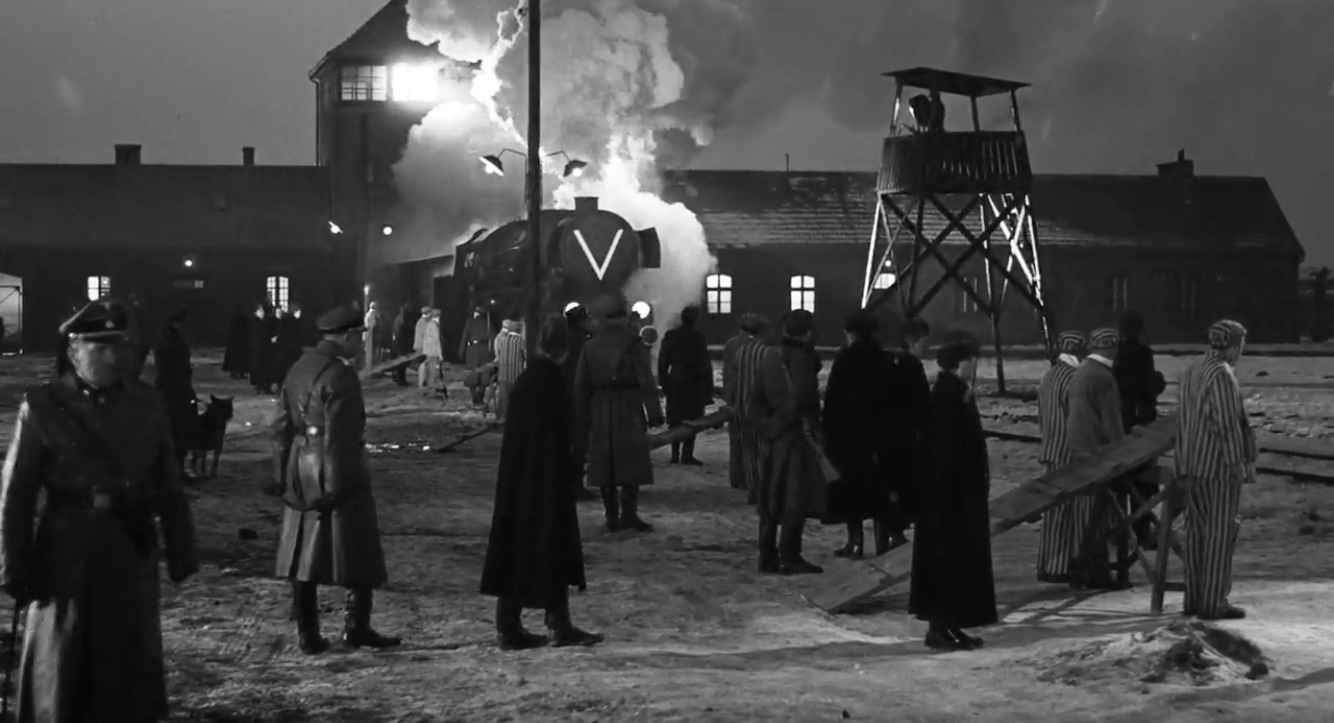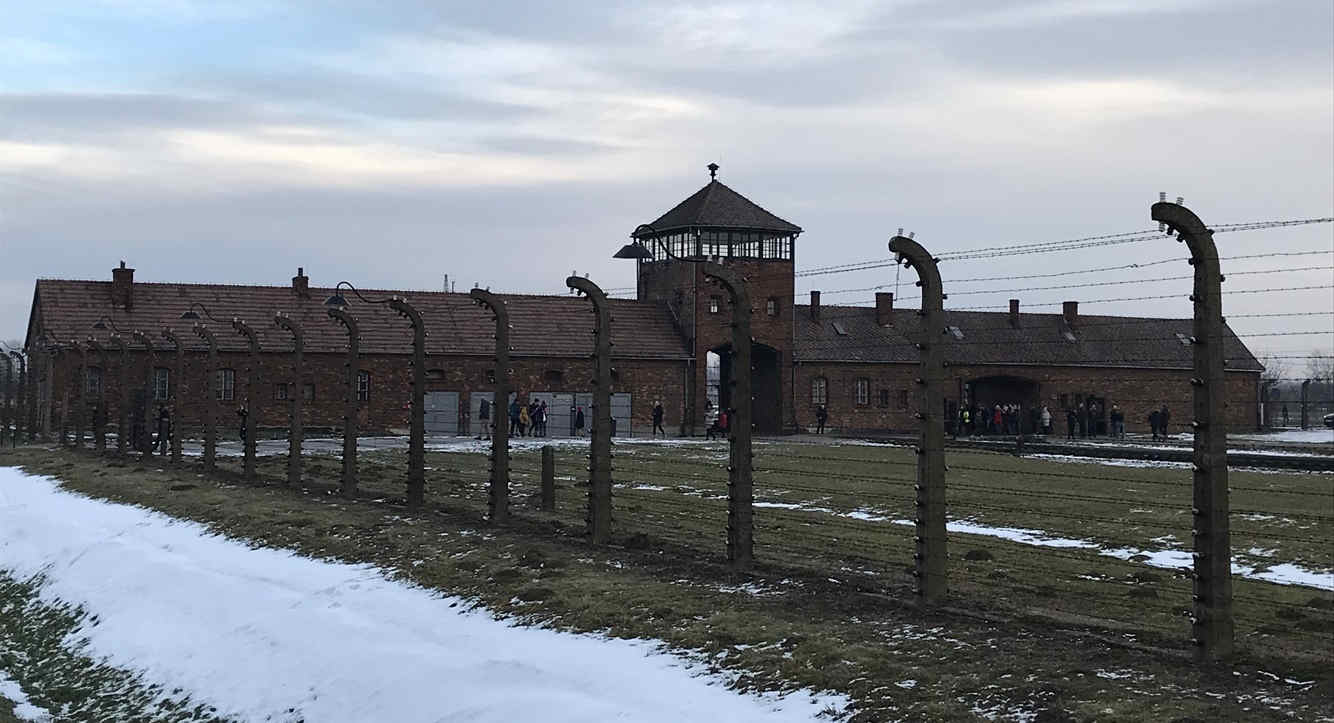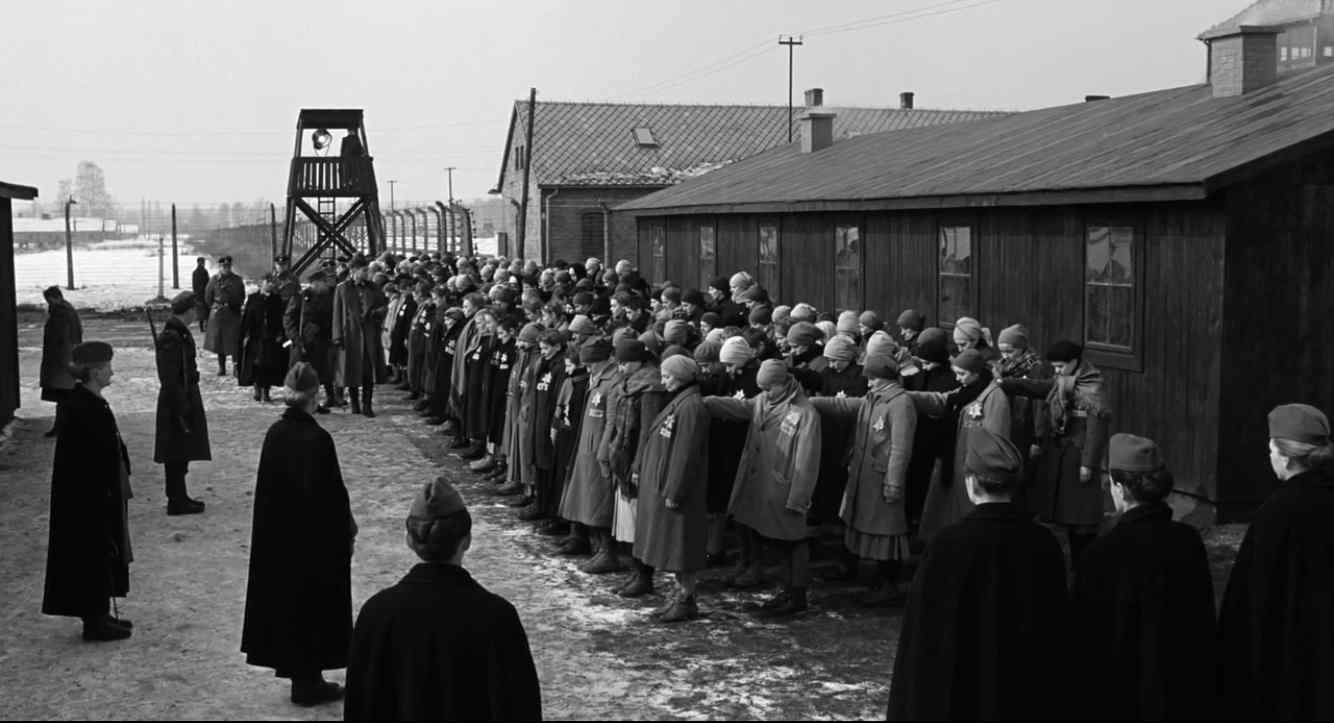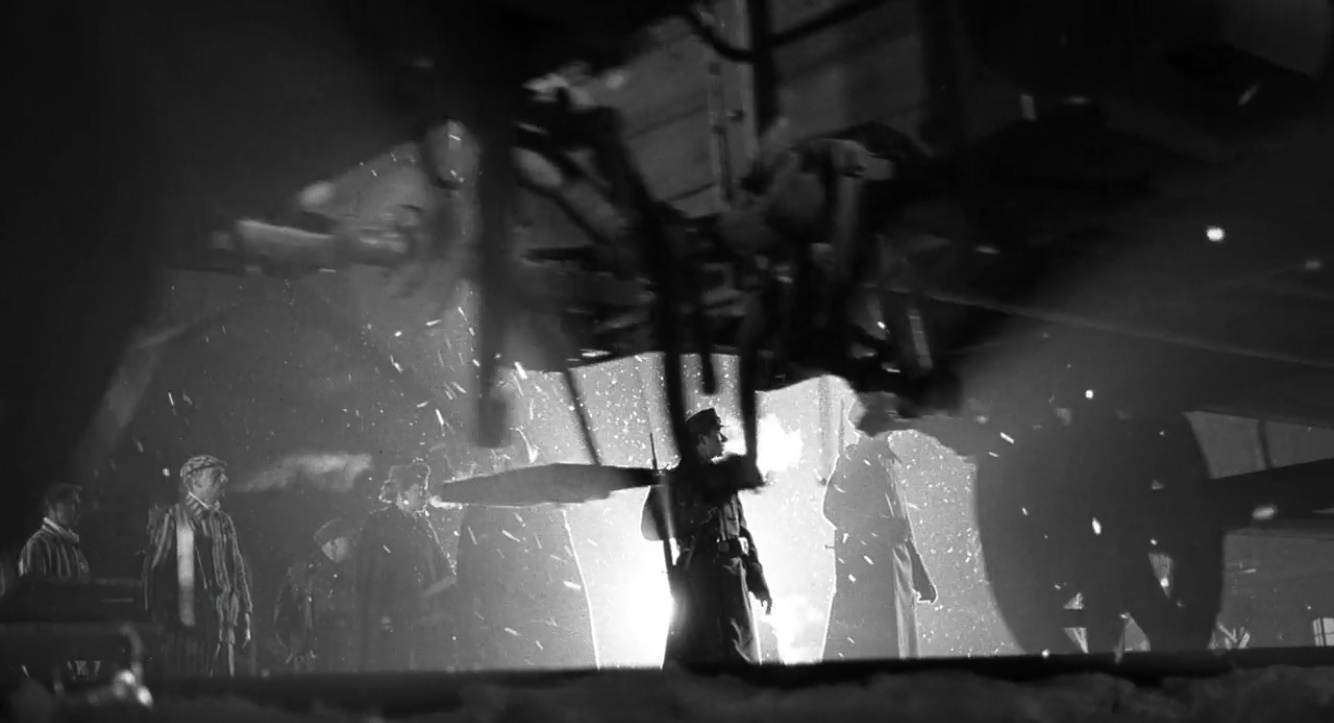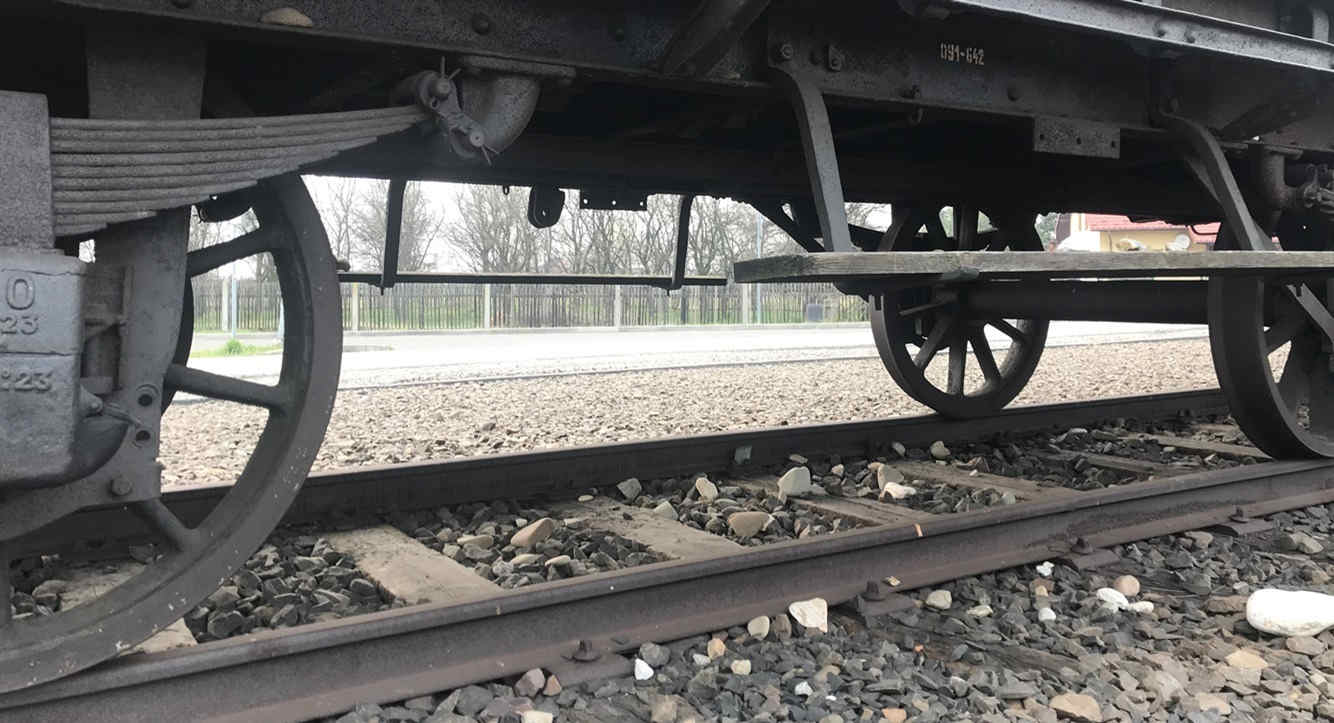OSKAR SCHINDLER
Steven Spielberg's "Schindler's List"
1.200 names are on the lists – they are the names of Jewish prisoners of the Plaszow concentration camp who were saved from death by the German factory owner Oskar Schindler during the Second World War. Oskar Schindler took them in as workers in his enamel and munitions factory in Krakow.
Steven Spielberg made him and his typewritten documents world-famous with the film “Schindler’s List“.
Oskar Schindler’s former factory is now home to a state museum.
"Schindler's List" filming locations in Krakow and Auschwitz
RESETTLEMENT TO THE GHETTO
Decree of the governor of the Krakow district dated March 3, 1941. "With immediate effect, a self-contained Jewish residential district is formed in the city of Krakow, in which all Jews living in the city must take up residence. Outside the Jewish residential district, Jews are forbidden to live without exception." The ghetto was set up in the poorest streets of the suburb of Podgorze and sealed off with a wall and barbed wire on March 20. From October 15, 1941, leaving the ghetto was punishable by death.
"LIQUIDATION" OF THE KRAKOW GHETTO
On March 13, 1943, all residents of the ghetto classified as fit for work were taken to the Plaszow concentration camp. The others were deported to KL Auschwitz. During this "Aktion", around 1000 people were shot on site, including the elderly, patients and doctors of the hospital, children and mothers who did not want to leave their children.
- Guided tour in English
Jewish ghetto & Schindler's enamelware factory
Oskar Schindler 1908 – 1974 Biography
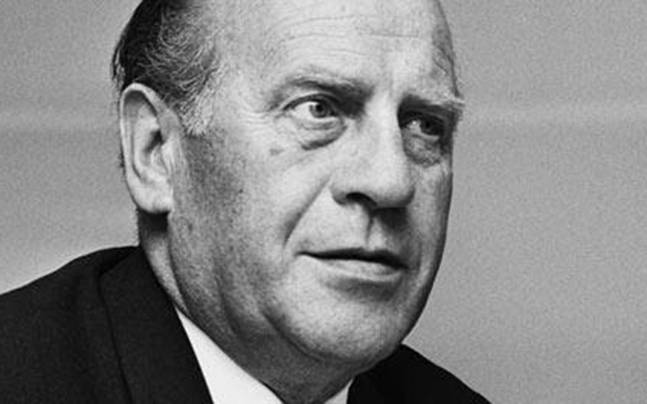
Oskar Schindler was born on April 28, 1908 in Zwittau (today: Svitavy, Czech Republic) as the son of the
agricultural machinery manufacturer Hans Schindler and his wife Franziska.
Schindler attended primary and secondary school and trained as an engineer in his father’s company.
On March 6, 1928, he married Emilie Pelzl, the daughter of a wealthy farmer. After the closure of his father’s agricultural machinery factory in 1930, Schindler became head of the sales department of Mährische Elektrotechnische AG in Brünn.
In 1935, Oskar Schindler began work in the Office for Foreign Counterintelligence under Wilhelm Canaris in the area of German counterintelligence in Moravian Ostrava and Wroclaw. He was responsible for gathering information about Czech and Polish spies and the Polish army.
On February 10, 1939, Oskar Schindler joined the National Socialist German Workers’ Party (NSDAP). A few weeks later, he was exposed as a secret agent and sentenced to death for high treason by the state authorities in Moravian Ostrava. The occupation of Czechoslovakia by the Germans in the spring of 1939 saved him from execution.
After the German invasion of Poland, Schindler moved to Krakow in October 1939 and acquired the Rekord enamel factory, which had been confiscated from Jewish ownership, initially as a tenant and from 1942 as the owner. As the “German Enamelware Factory” (DEF), the company produced tableware and cooking utensils for the Wehrmacht.
In the course of the systematic elimination of Jews from working life, the liquidation of the ghettos and the beginning of the Nazi genocide, Schindler decides to employ more Jewish workers in the factory. At the end of 1942, the “Deutsche Emailwarenfabrik” employed around 800 workers, 370 of whom were Jews from the Krakow ghetto.
In March 1943, Oskar Schindler witnessed how the SS deported survivors from the Krakow ghetto to the Plaszow labor camp.
The 1st commandant of the camp was Amon Göth, who was called the Butcher of Płaszów by the inmates because of his cruelty.
After the “dissolution” of the ghetto in Podgórze on March 13-14, 1943, the workers commuted between the camp and the factory.
To protect his mostly Jewish workers, Schindler obtained permission to build his own camp on his factory premises by bribing military, business and party representatives. As an entrepreneur, Schindler had to cover all the costs of building, furnishing and maintaining the camp as well as feeding the prisoners himself.
Schindler had his business classified as important to the war effort by the German military administration. This meant that more Jews could be requested from the concentration camp, and he was even able to save those who were to be sent to an extermination camp by falsifying documents.
In 1944, Schindler was arrested a second time for continuous bribery.
Due to the advance of the Red Army, the Germans abandoned the Plaszów concentration camp at the end of 1944 and deported most of the more than 20.000 Jewish prisoners to the extermination camps.
Schindler received the evacuation order for his Krakow factory. He was given permission to relocate his armaments production to Brünnlitz (today: Brnìnec, Czech Republic) near Zwittau. By bribing the camp commandant of the Krakow-Plasnow concentration camp in particular, Schindler succeeds in taking all the Jewish workers with him to Brünnlitz.
The names of 800 men and 300 women were on a list, Schindler’s list, and the men reached the factory after a short stay in the Groß-Rosen concentration camp, the women after an odyssey via the Auschwitz extermination camp.
Only through his energetic efforts and by bribing the SS men was it possible for a train of Jewish women to leave Auschwitz for the west.
Oskar Schindler fully financed the construction of the new factory, the adjoining camp and the upkeep of the forced laborers. Together with his wife Emilie, he saved over 1,300 Jews from death.
From 1945-1949, Oskar and Emilie Schindler lived in Regensburg, but a new economic start failed.
Schindler and his wife emigrated to Argentina in 1949. He works as a technical consultant for the purchase of industrial equipment for poultry and nutria breeding from Germany. However, he returned to Germany alone in 1957, but a new career as an entrepreneur in various sectors failed.
In 1961, Oskar Schindler traveled to Israel for the first time.
November 5, 1965 Oskar Schindler receives the Order of Merit of the Federal Republic of Germany.
18 July 1967 Schindler is honored as “Righteous Among the Nations” by the Holocaust memorial Yad Vashem/Jerusalem and receives a tree in the “Avenue of the Righteous”.
On October 9, 1974, Oskar Schindler died in the Bernward Hospital in Hildesheim.
After the funeral service on October 29, Oskar Schindler was buried at his own request in the Franciscan cemetery in Jerusalem on Mount Zion.
His extraordinary humanitarian commitment during the Second World War was not recognized until 1994 in the dramatic film adaptation of “Schindler’s List” by Steven Spielberg, which caused a worldwide sensation.
Oskar Schindlers Emaillefabrik
Literature
Günther Danehl
Schindlers Liste deutsche Übersetzung von Günther Danehl
Erika Rosenberg
Ich, Oskar Schindler: Die persönlichen Aufzeichnungen, Briefe und Dokumente
Mietek Pemper
Wie es zu Schindlers Liste kam: Die wahre Geschichte
